
Workplace provisions supporting pregnant,
lactating employees
David Skovholt | Minnesota Department of Labor and Industry (DLI)
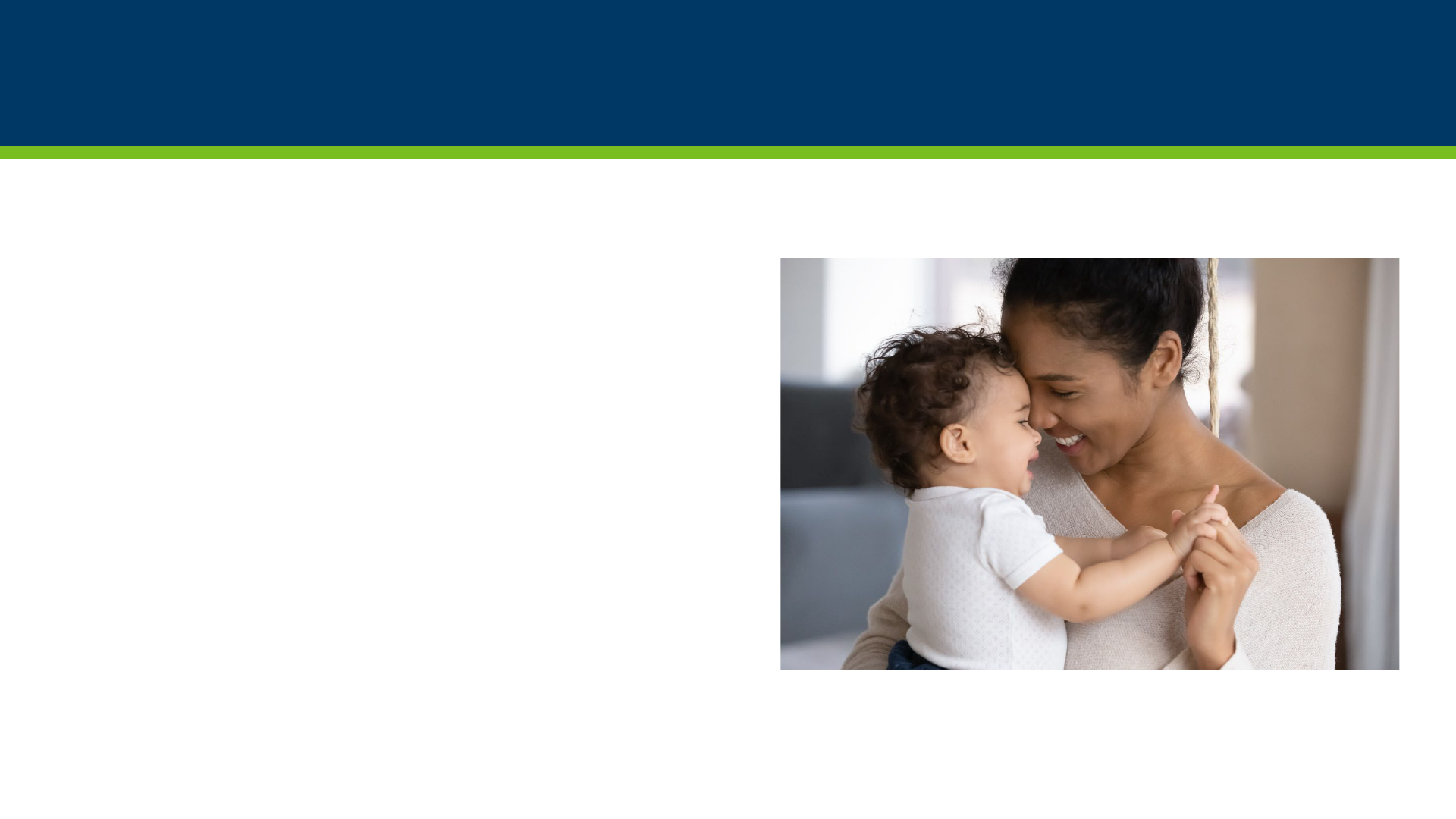
Training topics
• What does Labor Standards do?
• Nursing mothers and lactating employees
• Pregnancy and parental leave
• Pregnancy accommodations
• Paid family and medical leave
• Resources
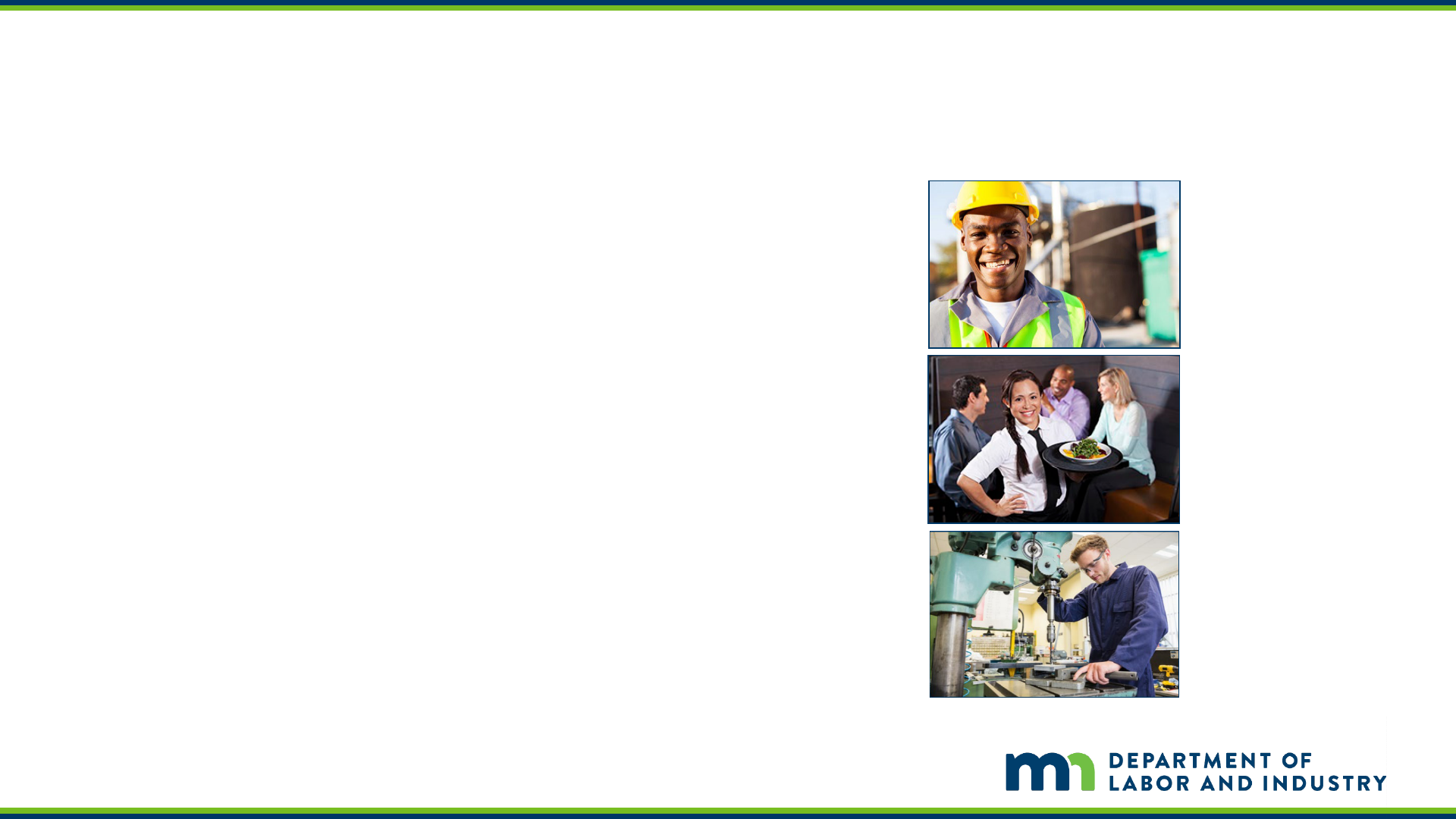
Labor standards enforced by DLI
• Minnesota Fair Labor Standards Act
• Women’s Economic Security Act
• Child Labor Standards Act
• Minnesota Prevailing Wage Act
• Wage Theft Prevention Act
• Other laws related to employment,
wages, conditions, hours.
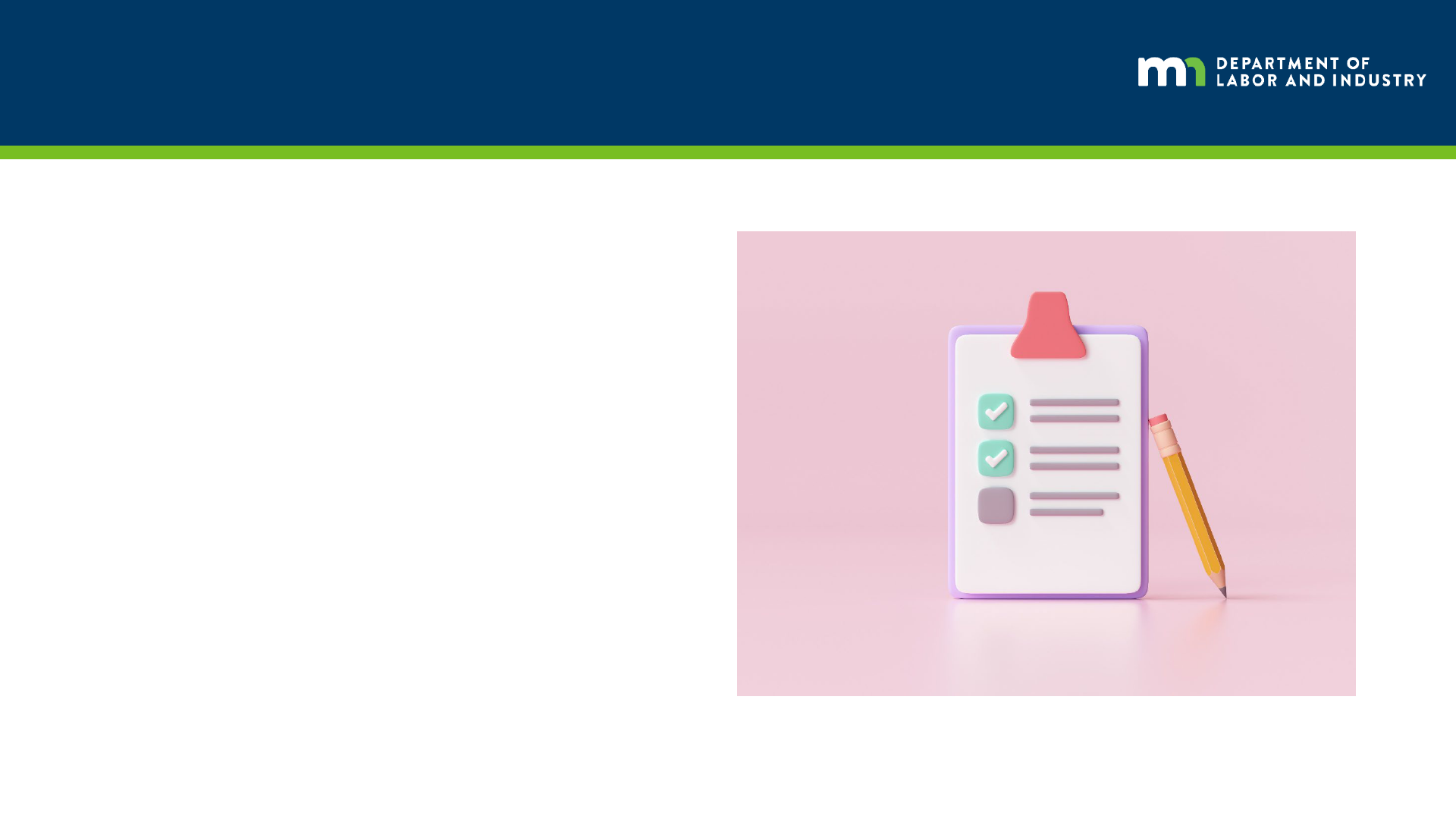
Labor Standards services and process
• Investigations
• Wage claim
• Inform and educate
• Investigation
• Education and outreach
• Technical assistance
• Training
• Videos
• Website and materials
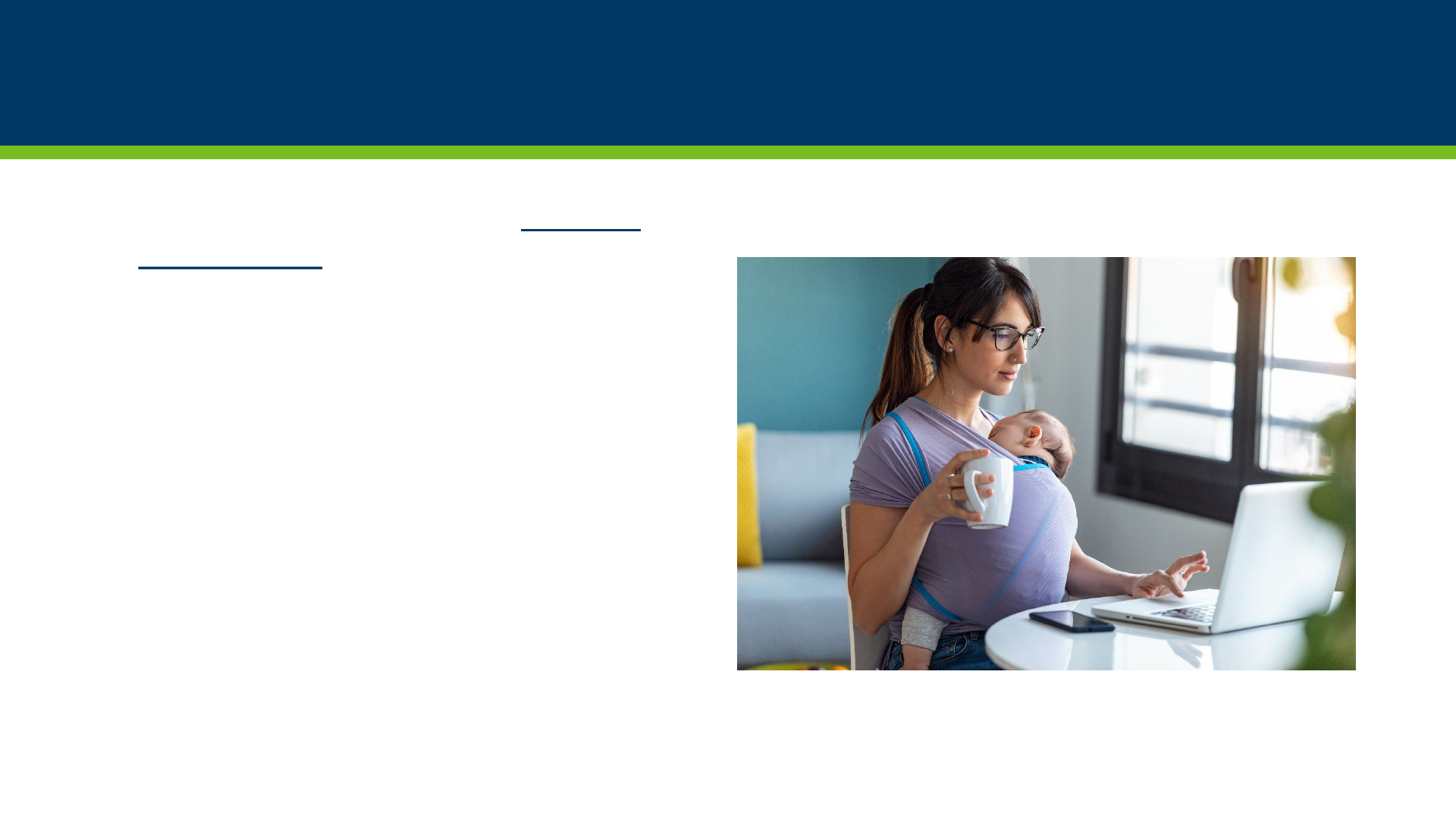
Nursing mothers: Minnesota Statute § 181.939
• Employers who employ at least
one person
must:
• provide reasonable break time for
nursing mothers to express milk; and
• make reasonable efforts to provide
space other than a bathroom that is
shielded from view and free from
intrusion that includes access to an
electrical outlet.
• Anti-retaliation
• Employers are prohibited from
retaliating against an employee for
asserting rights under this law.

Nursing mothers protections
• Updated nursing mothers protections (2021 and 2023 sessions):
• No reduction to compensation for time used for expressing milk.
• Break times to express milk regardless of the child’s age.
• Requiring lactation spaces be “clean, private and secure.”
• Employee break times to express milk regardless of whether the
break time would unduly disrupt the employer’s operations.

Nursing mothers protections, continued
• Ensuring employees can choose when to take break time to
express milk, regardless of if the break time aligns with already
provided breaks.
• Requiring employers provide a written notice to employees of
their right to express milk and receive pregnancy accommodations
at the time of hire and publish these rights in the employee
handbook (sample notice available on DLI website).
• Example case: Technician scheduled back-to-back-to-back
appointments.
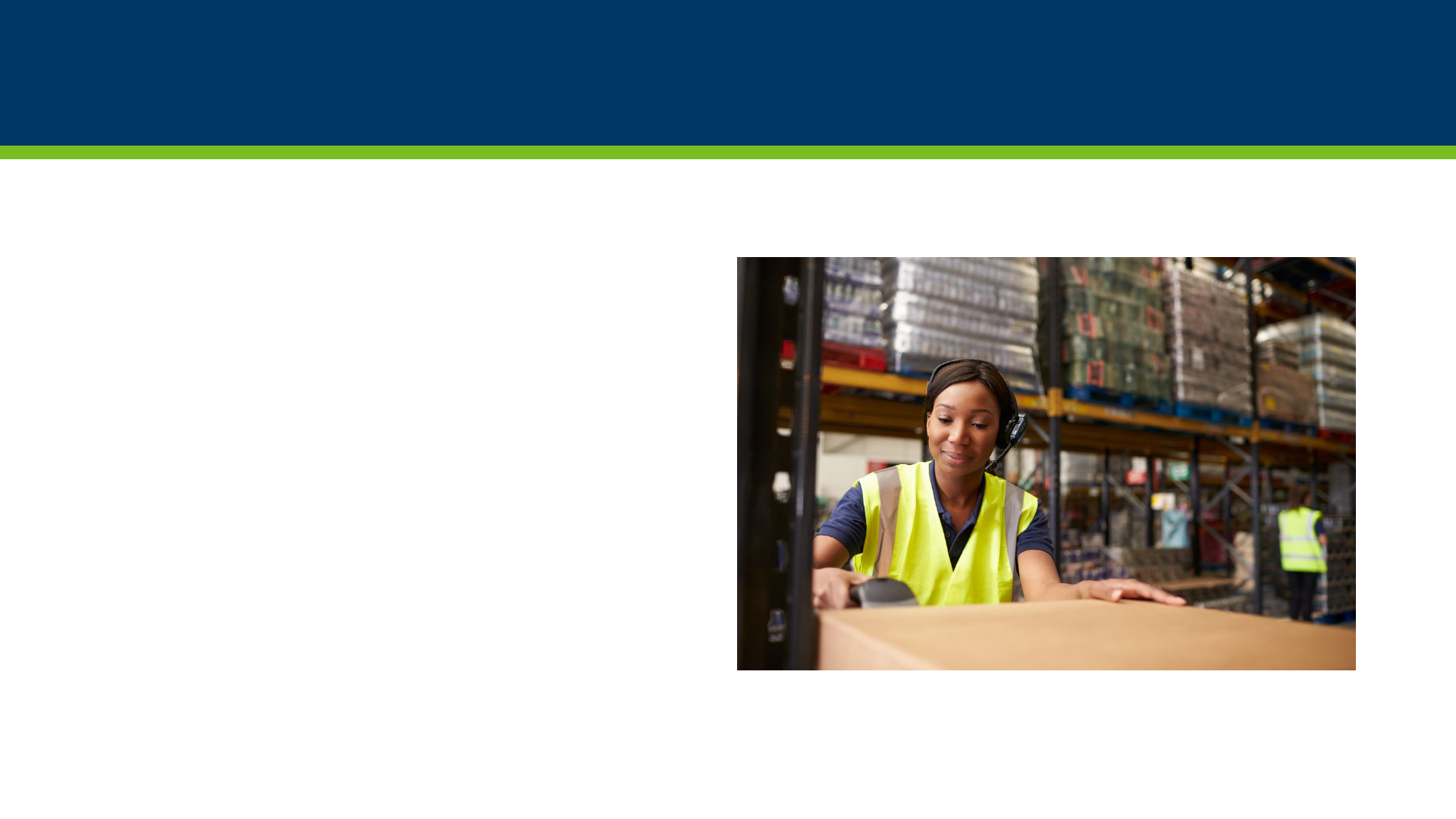
Pregnancy and parental leave
Up to 12 weeks of unpaid leave during
or following pregnancy for prenatal
care, pregnancy or related health
conditions, childbirth or adoption,
or bonding time by a birthing or non-
birthing parent.
2023 session update:
• All employees, regardless of employer
size or how long they have been
employed, have a right to unpaid
leave during or following a pregnancy.

Pregnancy accommodations
• Employers must provide “reasonable
accommodation” to employees with health
conditions related to pregnancy or childbirth
• The following are required employer
accommodations:
• more frequent restroom, food and water
breaks;
• seating; and
• limits on lifting over 20 pounds.
• Additional accommodations may be
reasonable depending on the situation,
including temporary transfer to a less
strenuous position.

Pregnancy accommodations, continued
• Employer cannot require an employee to take or accept pregnancy
accommodations
• Employers are prohibited from retaliating against an employee for asserting rights
under this law
• 2023 session update:
• All employees, regardless of employer size or how long they have been employed, have a
right to pregnancy accommodations.
• Example case: Assembly worker not allowed seating.
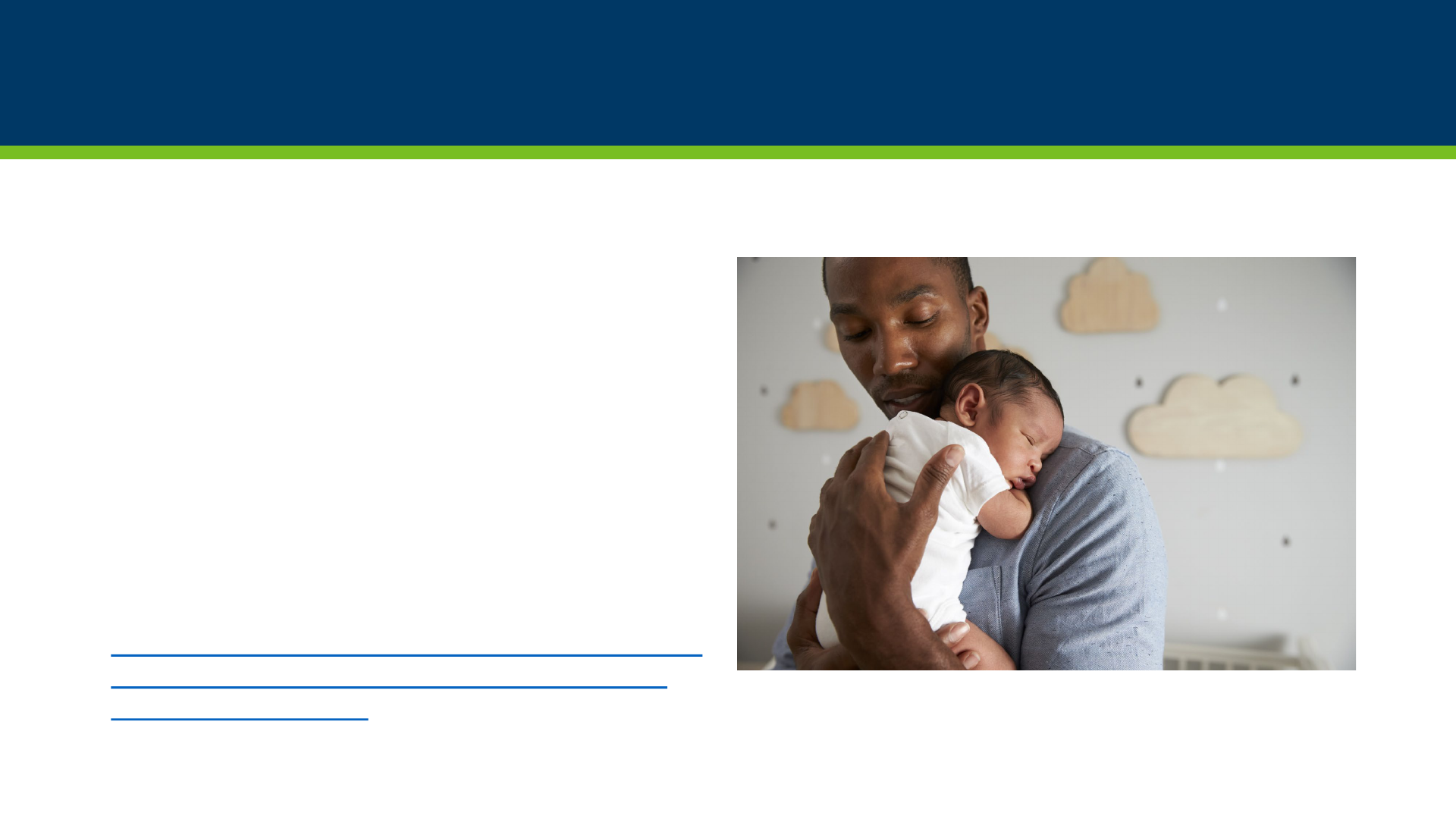
Paid family and medical leave
Paid family and medical leave is a new
program launching for Minnesotans in
2026. It provides paid leave when:
• a serious health condition prevents an
employee from working;
• an employee needs time to care for a
family member or a new child; and
• an employee needs to tend to certain
military-related events or personal safety
issues.
Additional information is available on the
Minnesota Department of Employment and
Economic Development’s paid family and
medical leave page
.
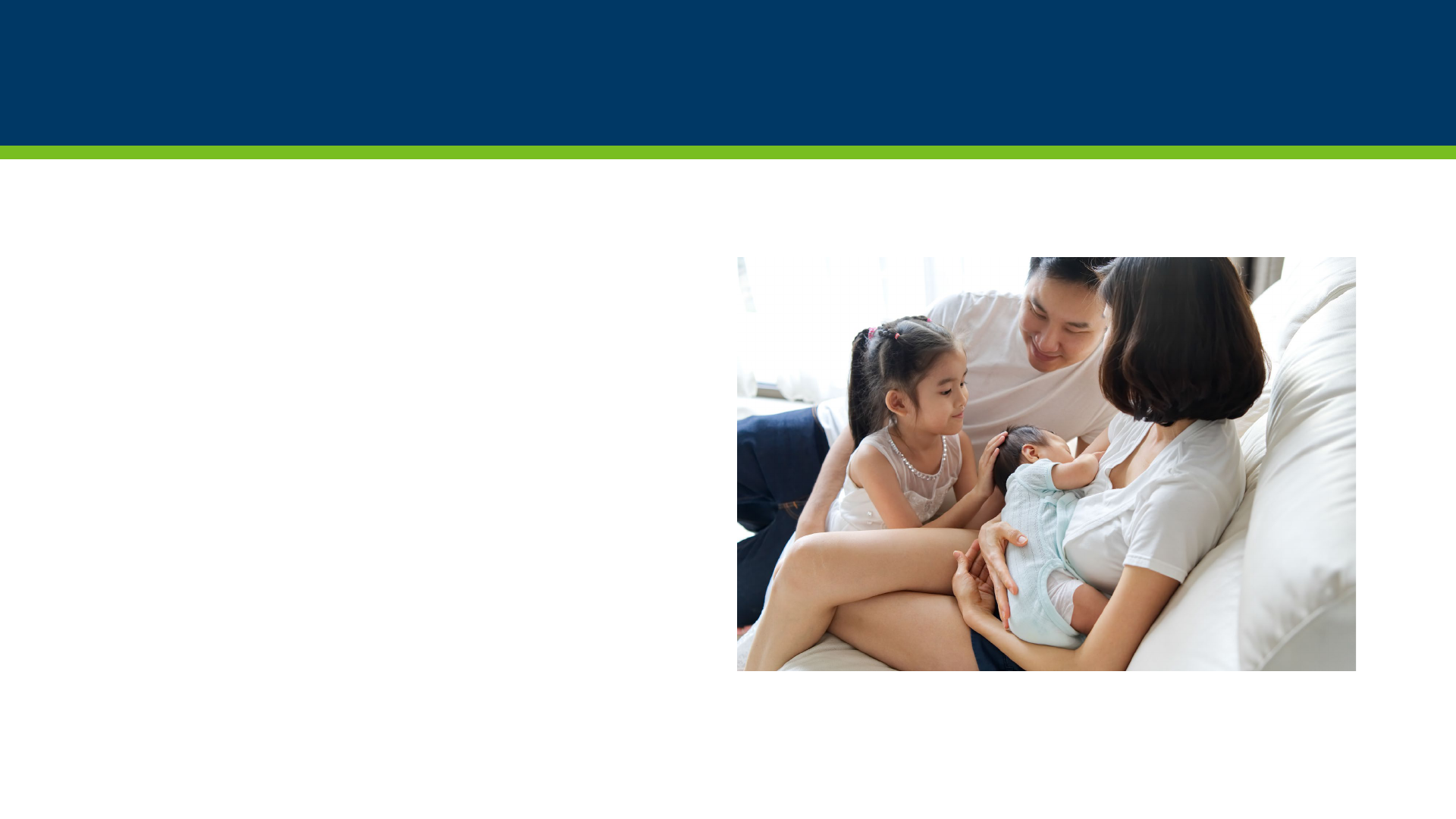
Paid family and medical leave, continued
DLI will enforce the employment
protections in the bill, including:
• employee right to reinstatement after
leave;
• employers may not retaliate against
an employee for requesting or
obtaining benefits;
• employee right to continued
insurance during leave; and
• agreements to waive paid family and
medical leave rights are void.
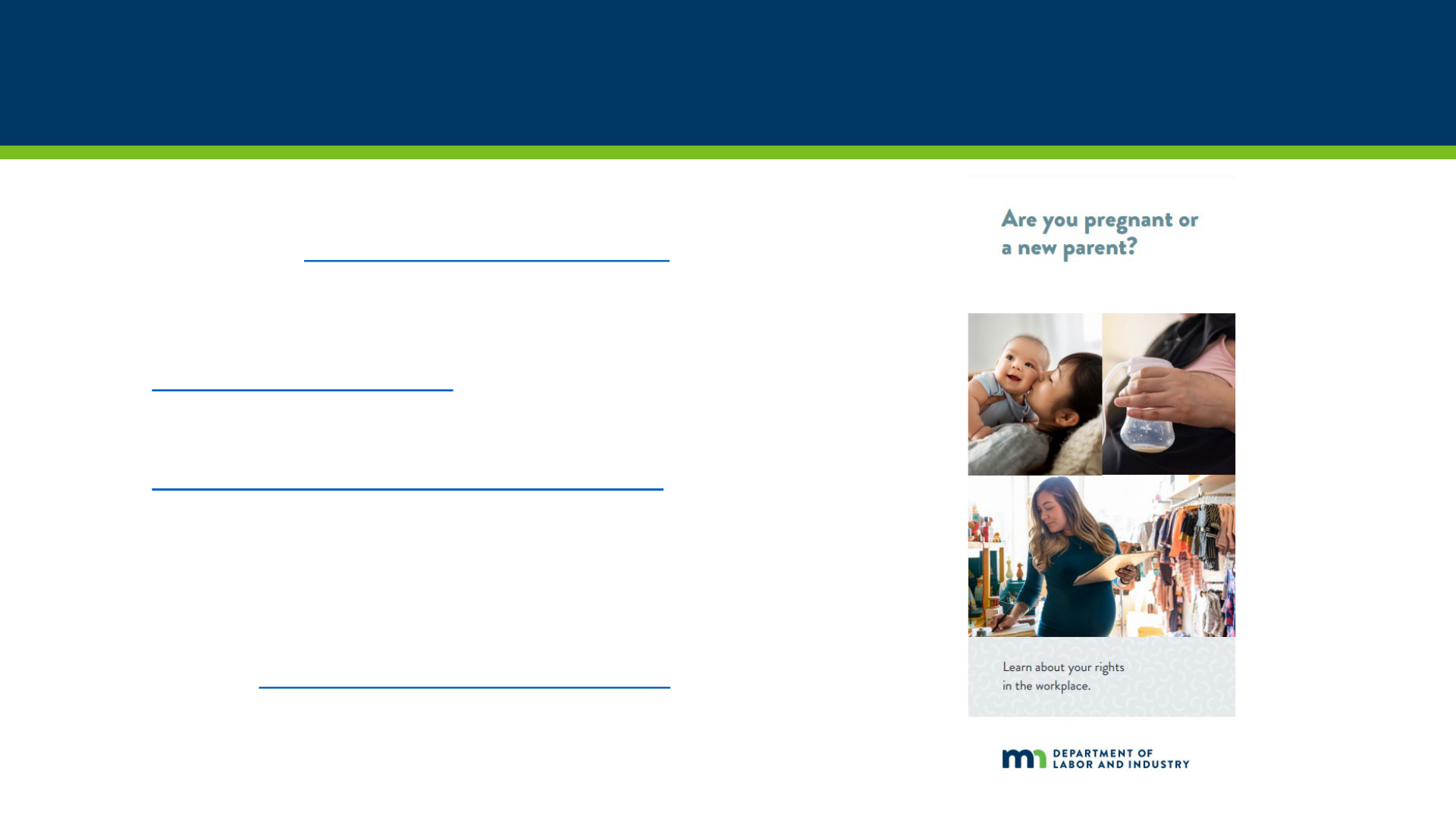
Resources
• Employee-focused brochures in four
languages: david.skovholt@state.mn.us.
• Informational videos in four languages.
• dli.mn.gov/newparents
(WESA landing
page).
• WESA engagement and education grant
• Sign up for The Wage and Hour Bulletin on
our website.
• Contact DLI’s Labor Standards at 651-284-
5075 or dli.laborstandards@state.mn.us
.
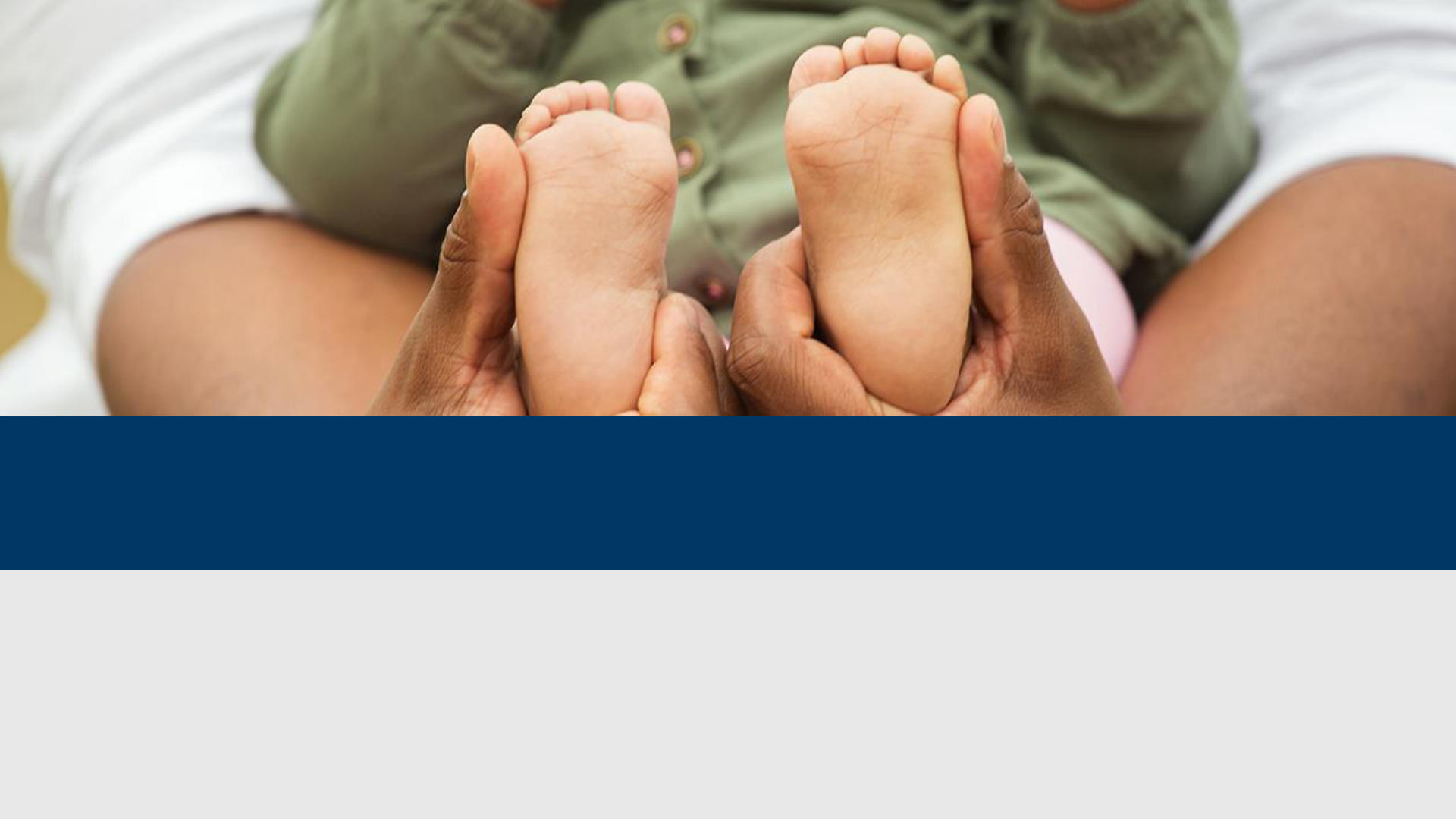
Breastfeeding support in the workplace
Holly Glaubitz
Workplace Wellness Coordinator | Minnesota Department of Health

The benefits of breastfeeding
• For the parent • For the baby
United States Breastfeeding Committee Workplace Accommodations to Support and Protect Breastfeeding
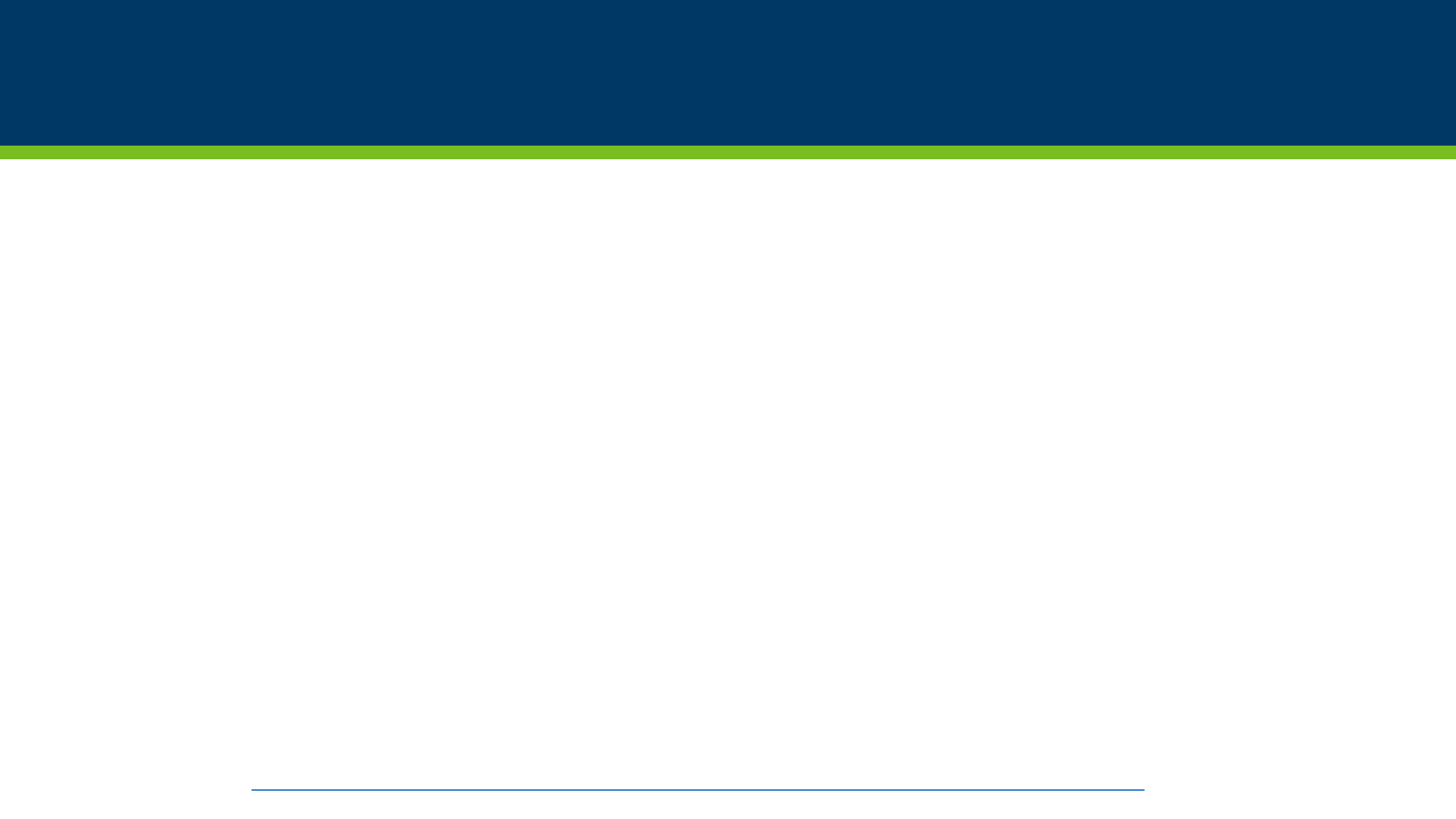
Breastfeeding recommendations
• American Academy of Pediatrics and the World Health Organization Supports
• Breastfeeding exclusively for at least six months
• Babies breastfeed for a minimum of two years with appropriate complimentary foods
introduced
• The longer a parent breastfeeds the more benefits to both parent and baby
Updated AAP guidance recommends longer breastfeeding due to benefits | AAP News | American Academy of Pediatrics
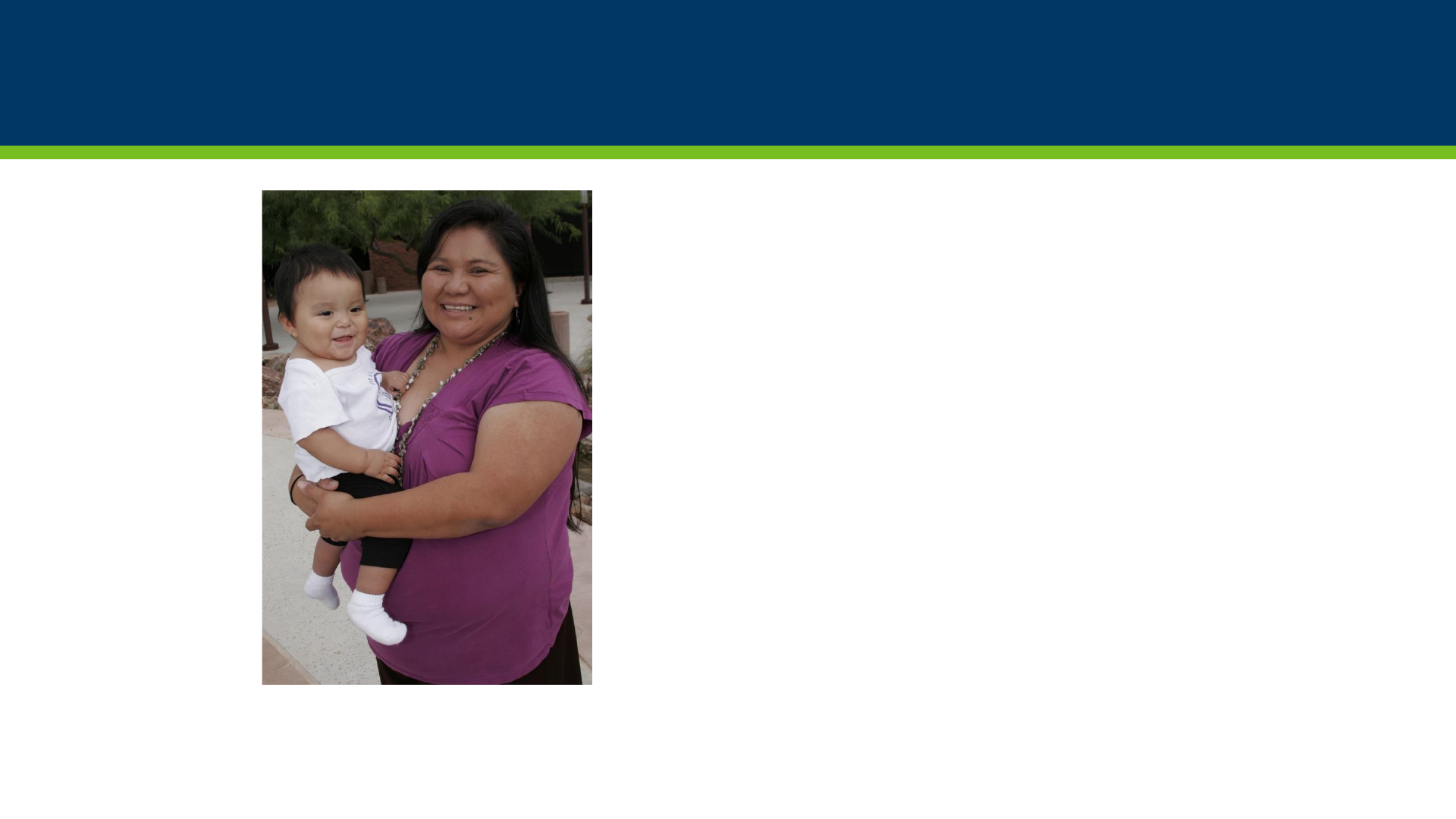
Why support breastfeeding in the workplace
• ROI of 3:1
• Healthy baby = employee at work
• Absences to care for sick children
occur 2x more often for non
breastfed infants
The Business Case for Breastfeeding

Why support
breastfeeding in
the workplace
94%
retention
Employer of
choice
Womenshealth.gov/supporting-nursing-mom-work
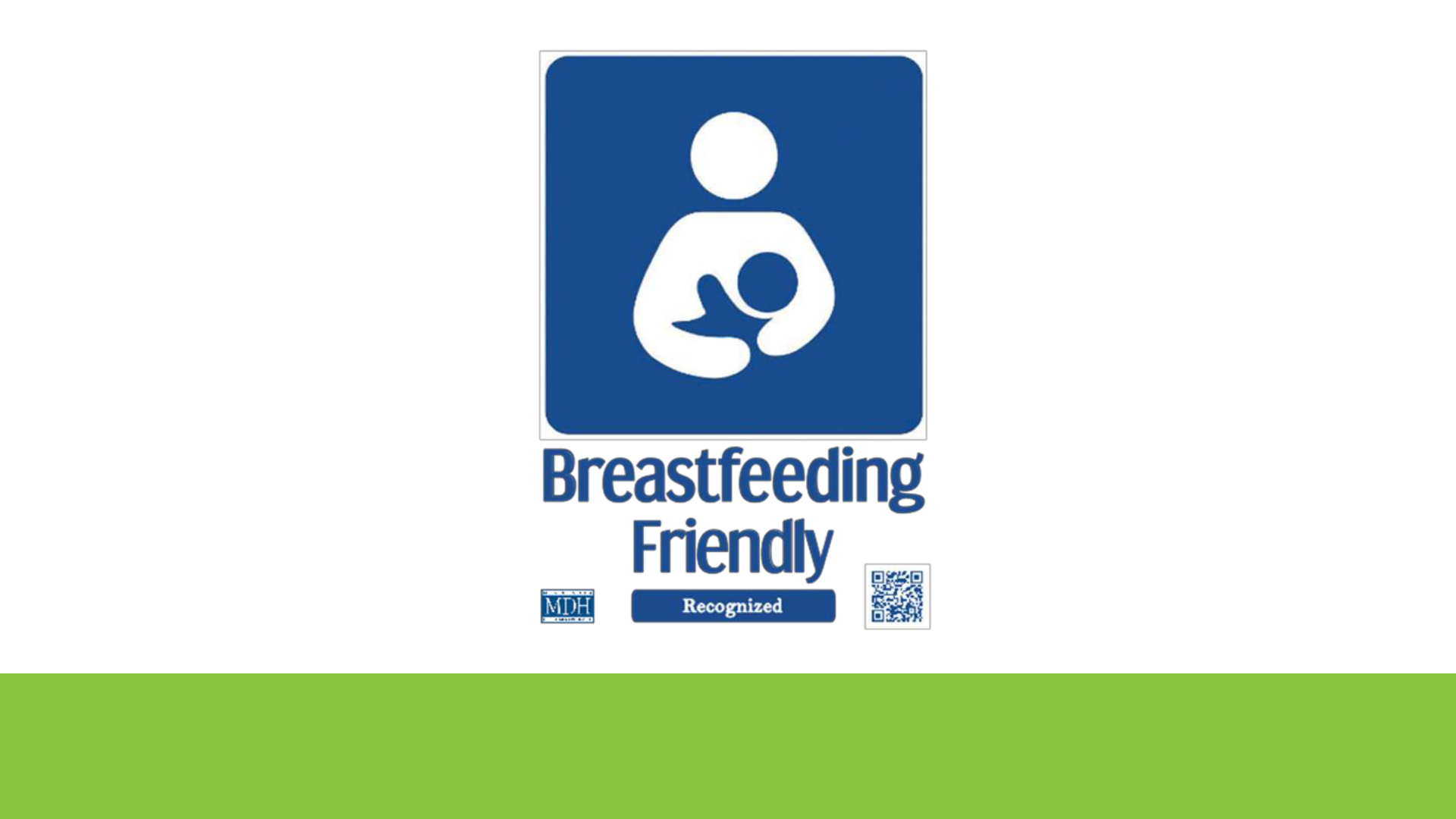
Breastfeeding Friendly Workplace Designation
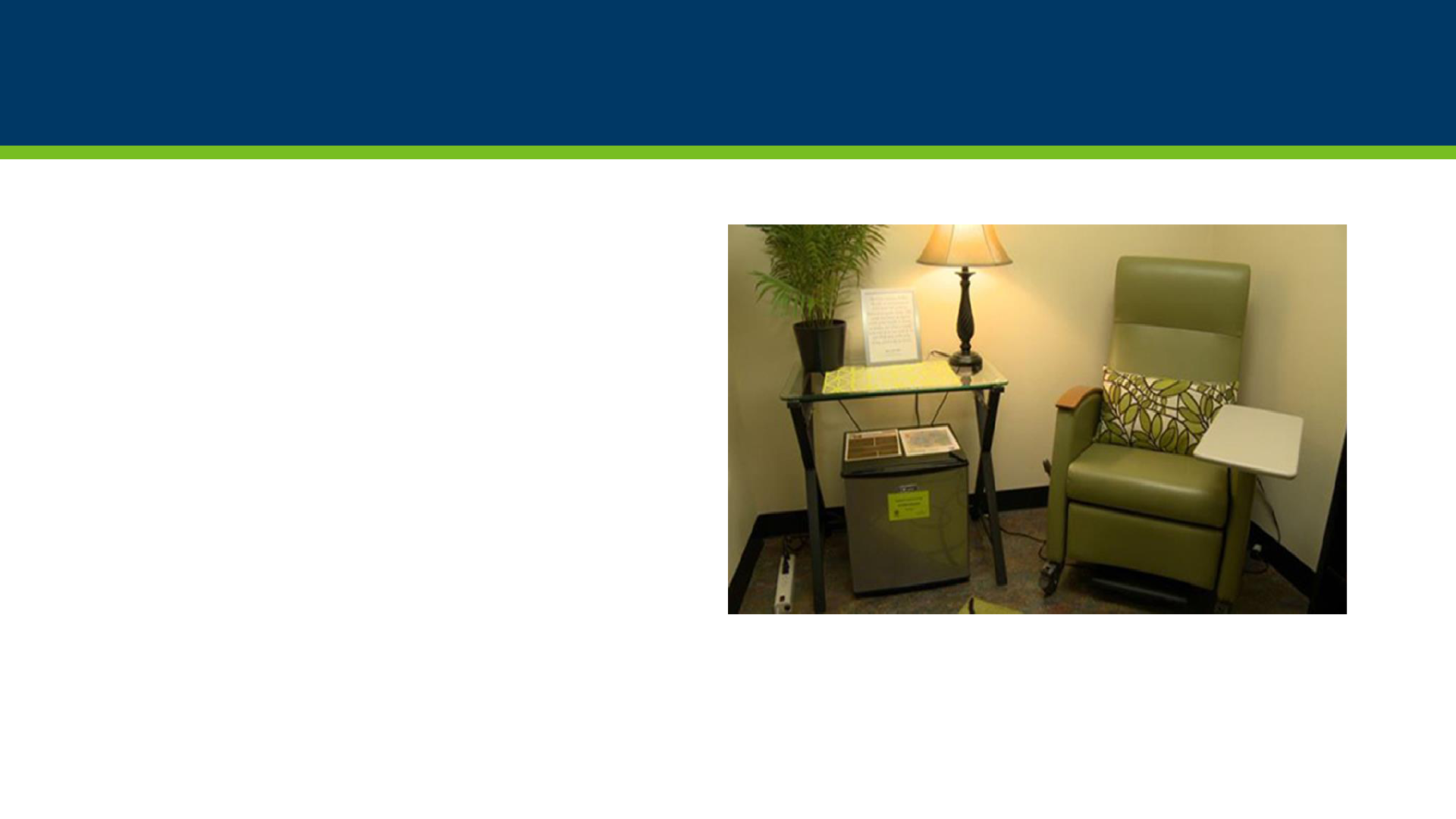
Purpose of the program
• Increase the number of workplaces
supporting breastfeeding families
• Recognize the importance of
employer support
• Support parents to continue
breastfeeding for up to a year and
beyond
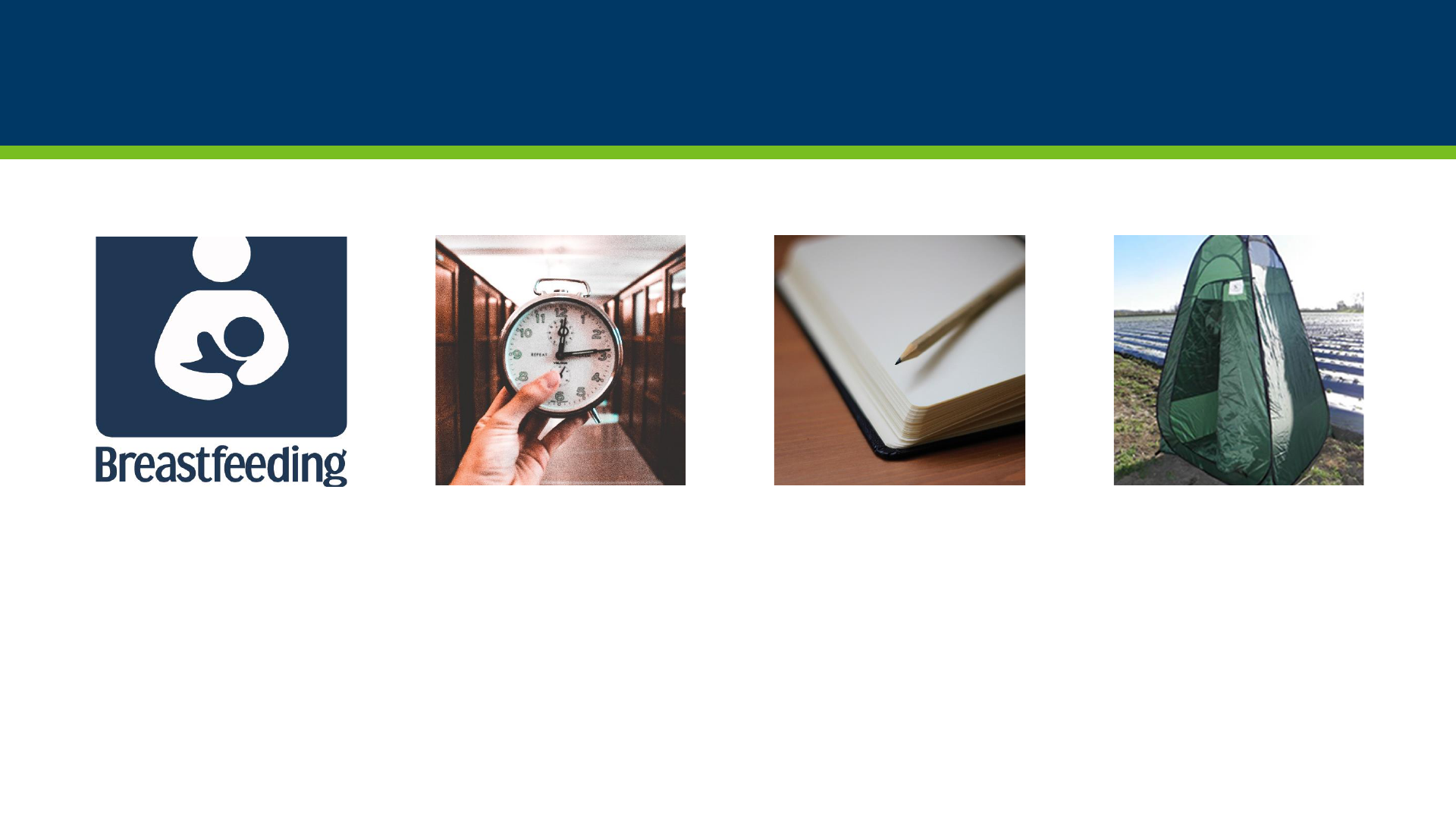
STEP(s) to becoming BFF
Support Time Education
Place

Evaluate
• Evaluate breastfeeding supports:
• Evaluate and update your policy regularly
• Survey those who have used the lactation room
• Follow the demographics of your workforce
• Are you hiring younger employees of childbearing age
• Have there been any baby booms or an increase in employees taking parental leave
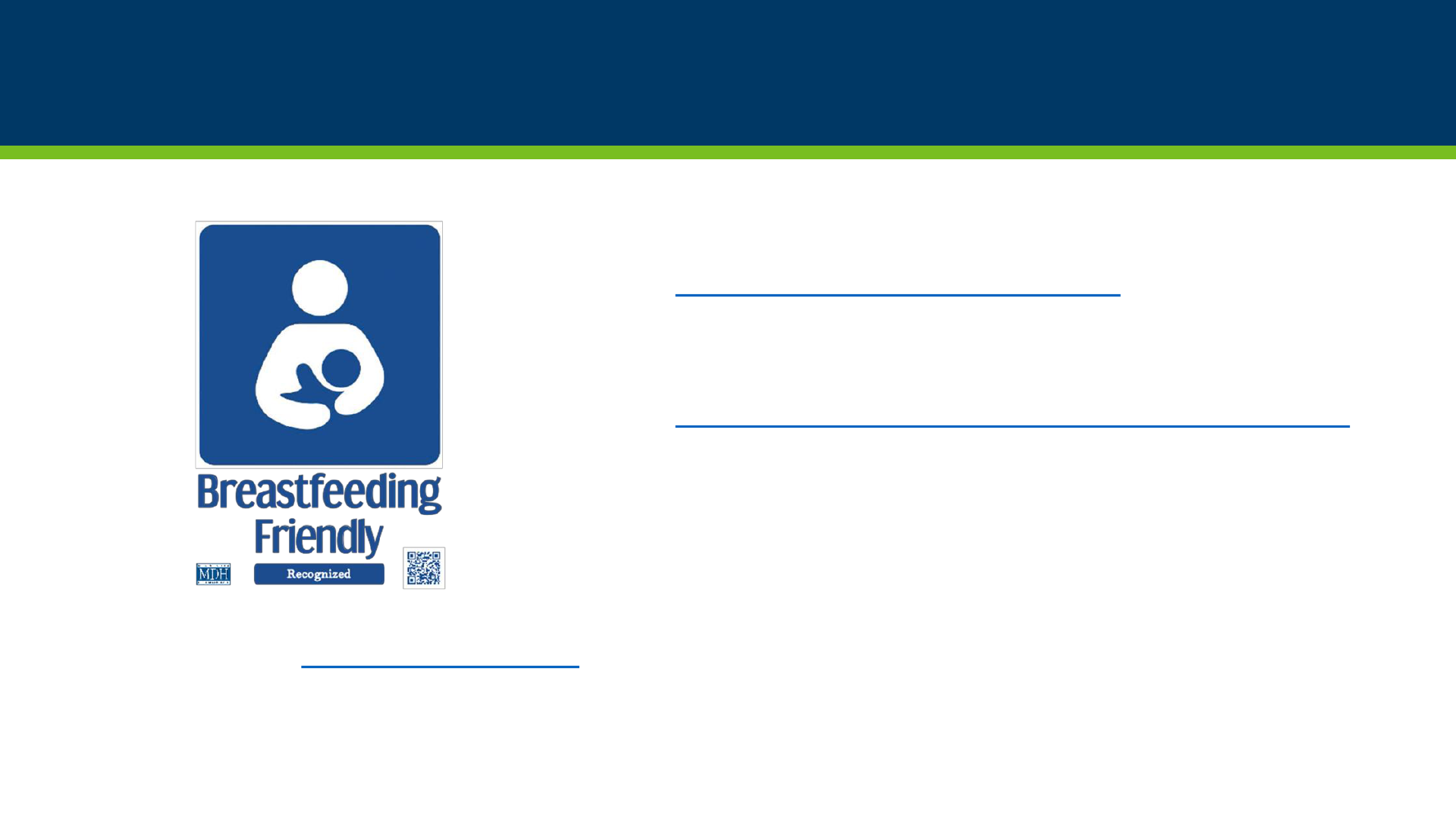
Application Process
There is no charge to participate in this program.
•Use the self-assessment checklist (PDF)to review the criteria
for Breastfeeding Friendly Workplace recognition and help
guide the development of your workplace lactation support
program.
•Complete the Breastfeeding Friendly Workplace application.
NEW! We've changed the application to make it easier to
complete online. Note: you can use the Save & Return feature
to get a web address so you can work on the application later.
•Applications are due:
• March 15
• June 15
• Sept. 15
• Dec. 15
Email questions to: health.bfw@state.mn.us.

Next Steps
• Determine if you currently have a policy or guidelines in place
• If yes, does it need to be updated
• If no, determine if leadership supportive of implementing a policy
• Use the STEP approach
• Tap into your local breastfeeding coalition if you have one
https://mnbreastfeedingcoalition.org
• Apply for recognition
8/9/2023 11

Thank you!
12
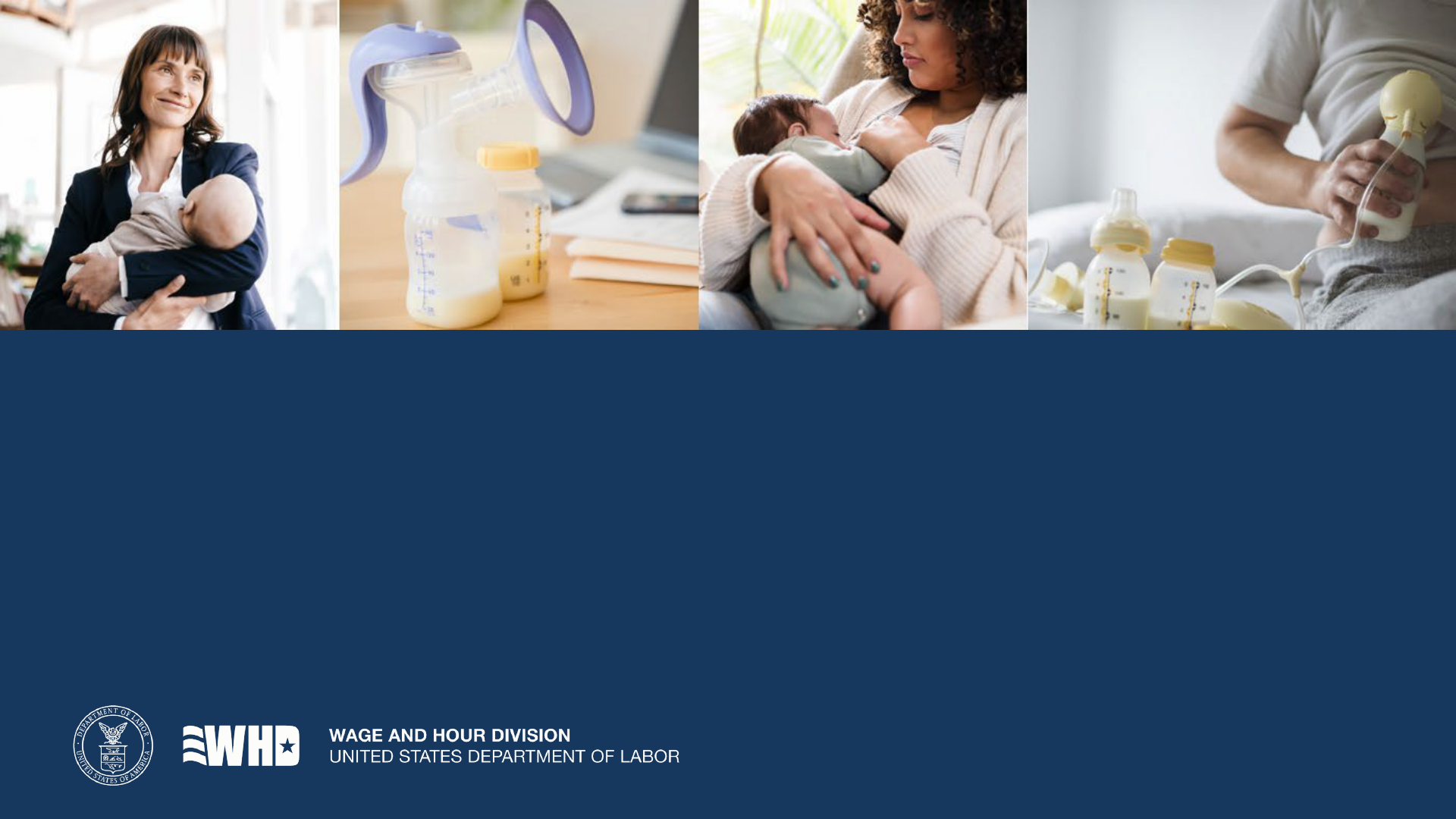
dol.gov/agencies/whd
1-866-4-US-WAGE
Pump at Work Protections under
the Fair Labor Standards Act

2
U.S. Department of Labor | Wage and Hour Division
Presentation Topics
• Covered Employees
• Break Time Requirements
• Space Requirements
• Exemptions
• Retaliation
• Enforcement
• Resources
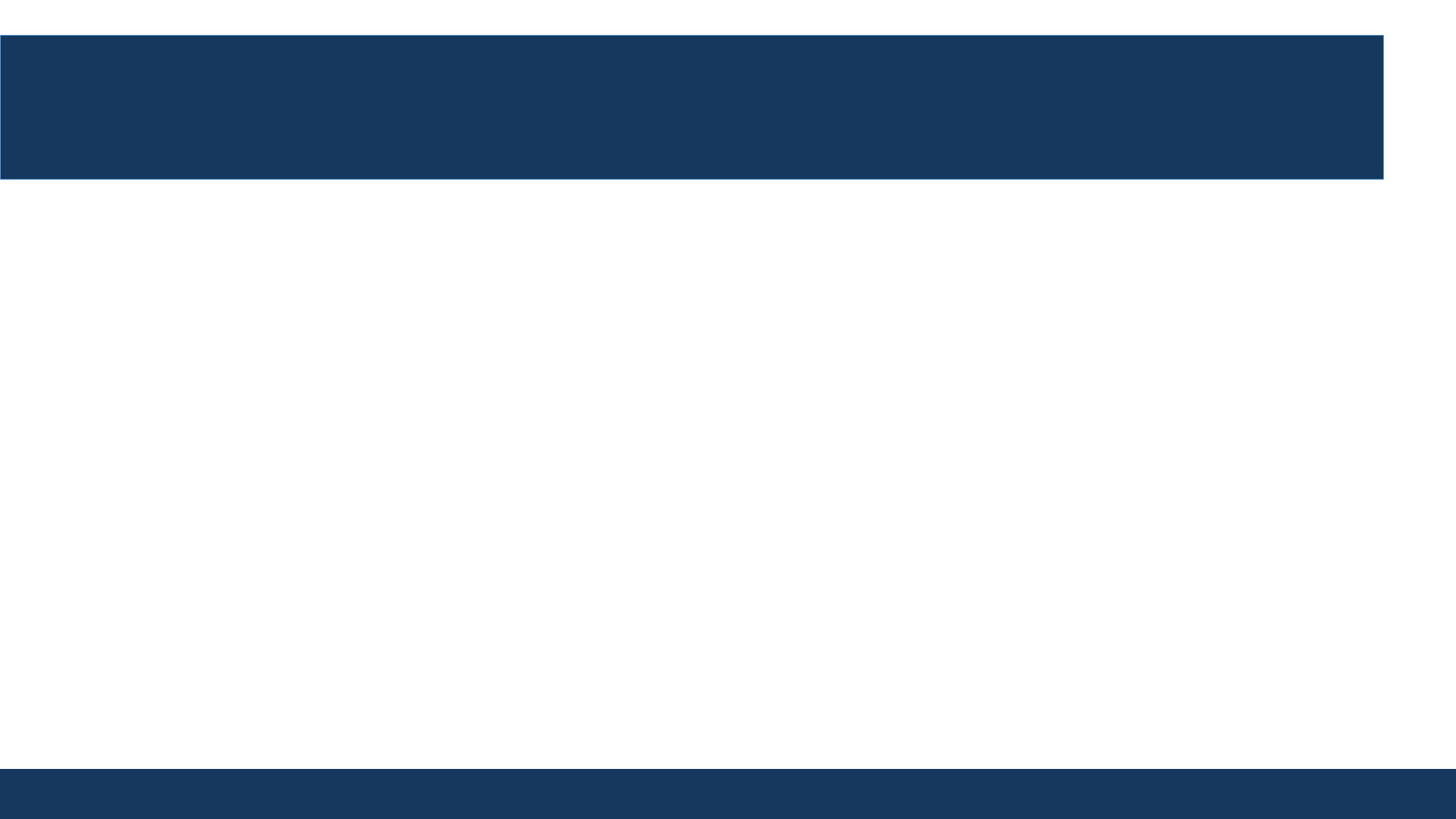
3
U.S. Department of Labor | Wage and Hour Division
Disclaimer
This presentation is intended as general information only and does
not carry the force of legal opinion. The Department of Labor is
providing this information as a public service. This information and
related materials are presented to give the public access to
information on Department of Labor programs. You should be aware
that, while we try to keep the information timely and accurate, there
will often be a delay between official publications of the materials
and the modifications of these pages. Therefore, we make no
express or implied guarantees. We will make every effort to keep
this information current and to correct errors brought to our
attention.
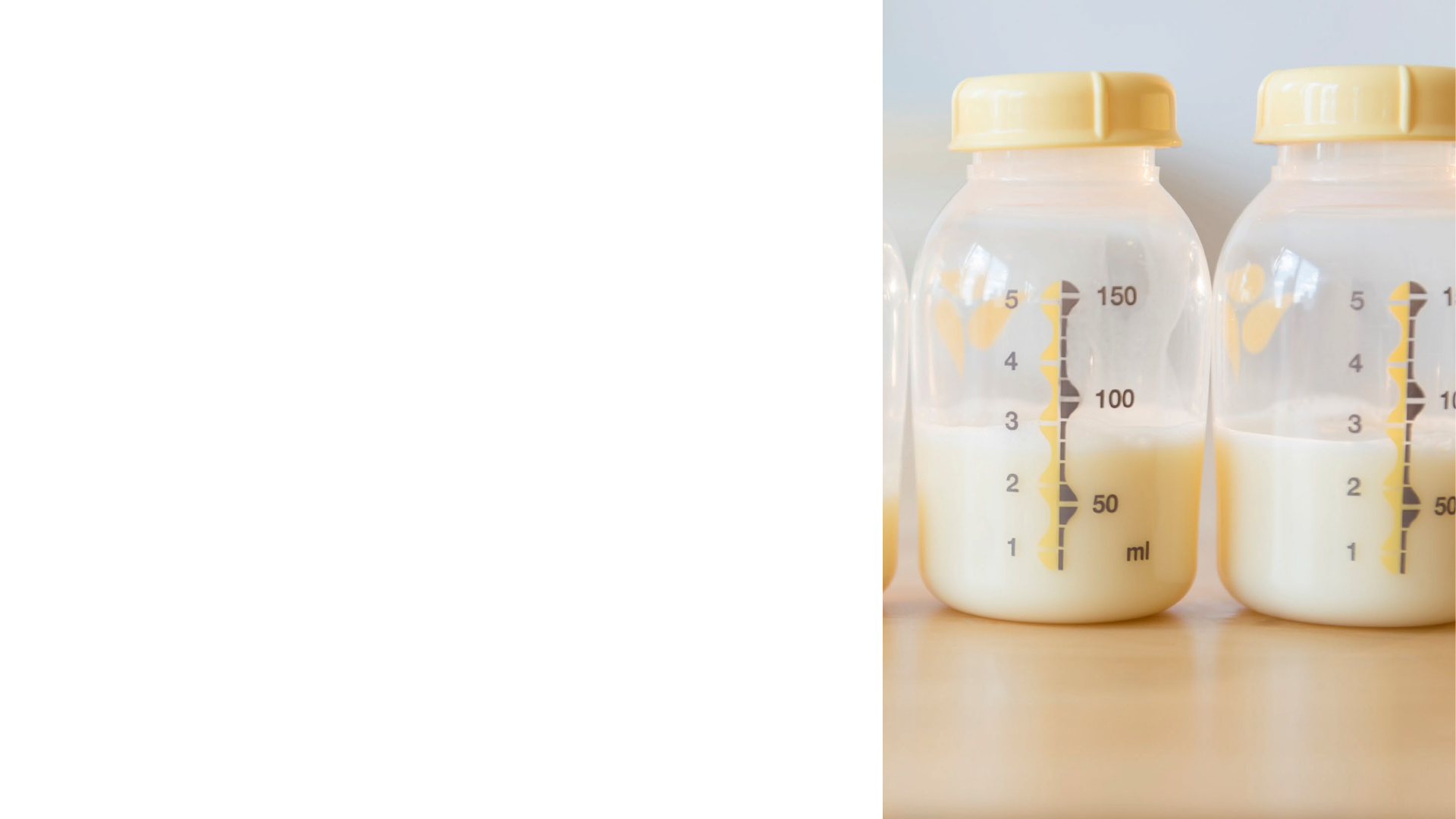
FLSA Pump at
Work
Protections
The FLSA requires employers
to provide reasonable break
time and a private place other
than a bathroom for an
employee to pump breast milk
for their nursing child for one
year after the child's birth each
time such employee has need
to pump at work.
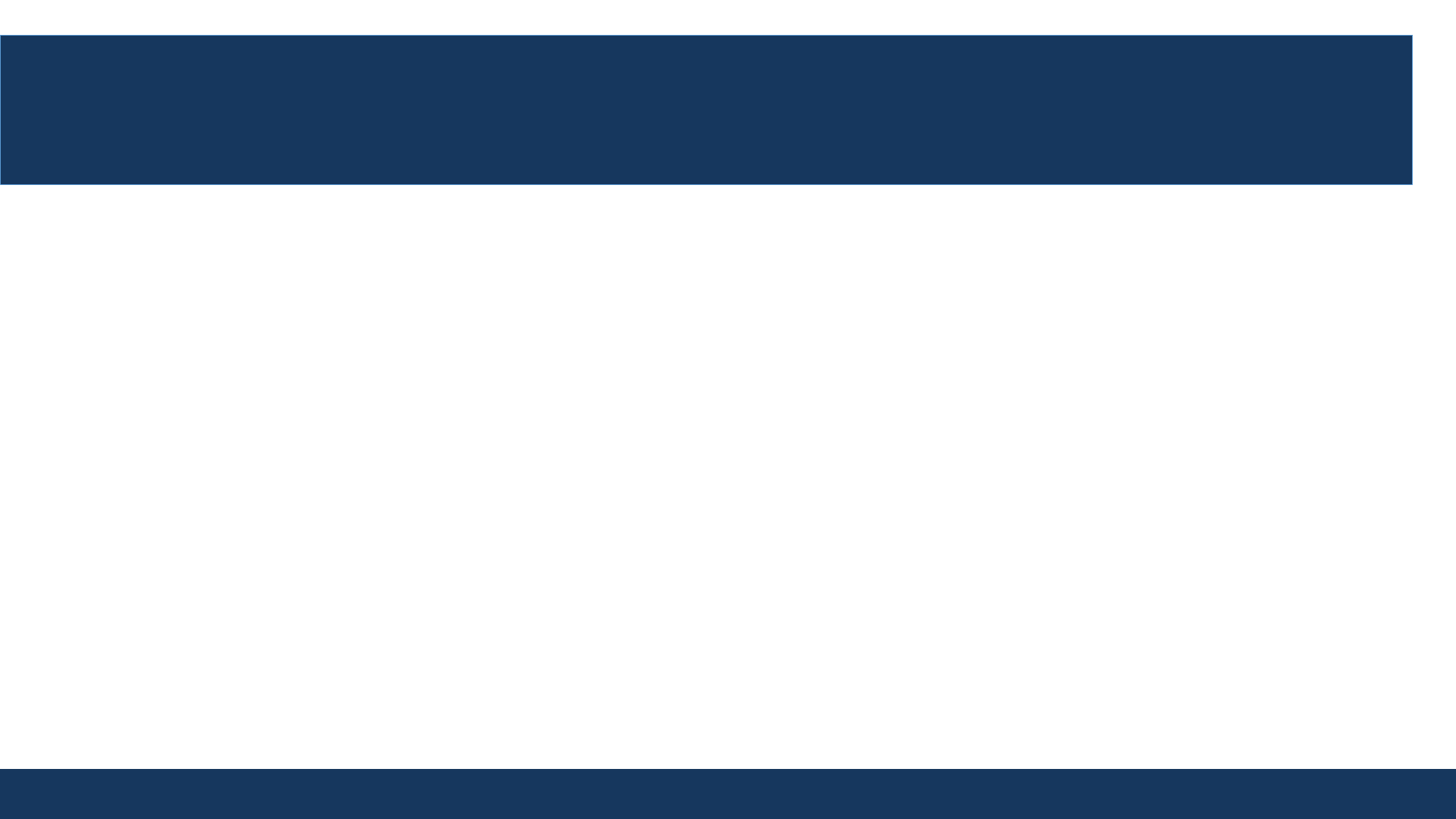
The PUMP Act
5
U.S. Department of Labor | Wage and Hour Division
On December 29, 2022, the Providing Urgent Maternal
Protections for Nursing Mothers Act (PUMP for Nursing Mothers
Act or PUMP Act) became law, extending right to pump
protections to millions of workers and allowing for additional
remedies for violations.
• Extended coverage effective as of December 29, 2022.
• Additional remedies available for violations occurring on
or after April 28, 2023.
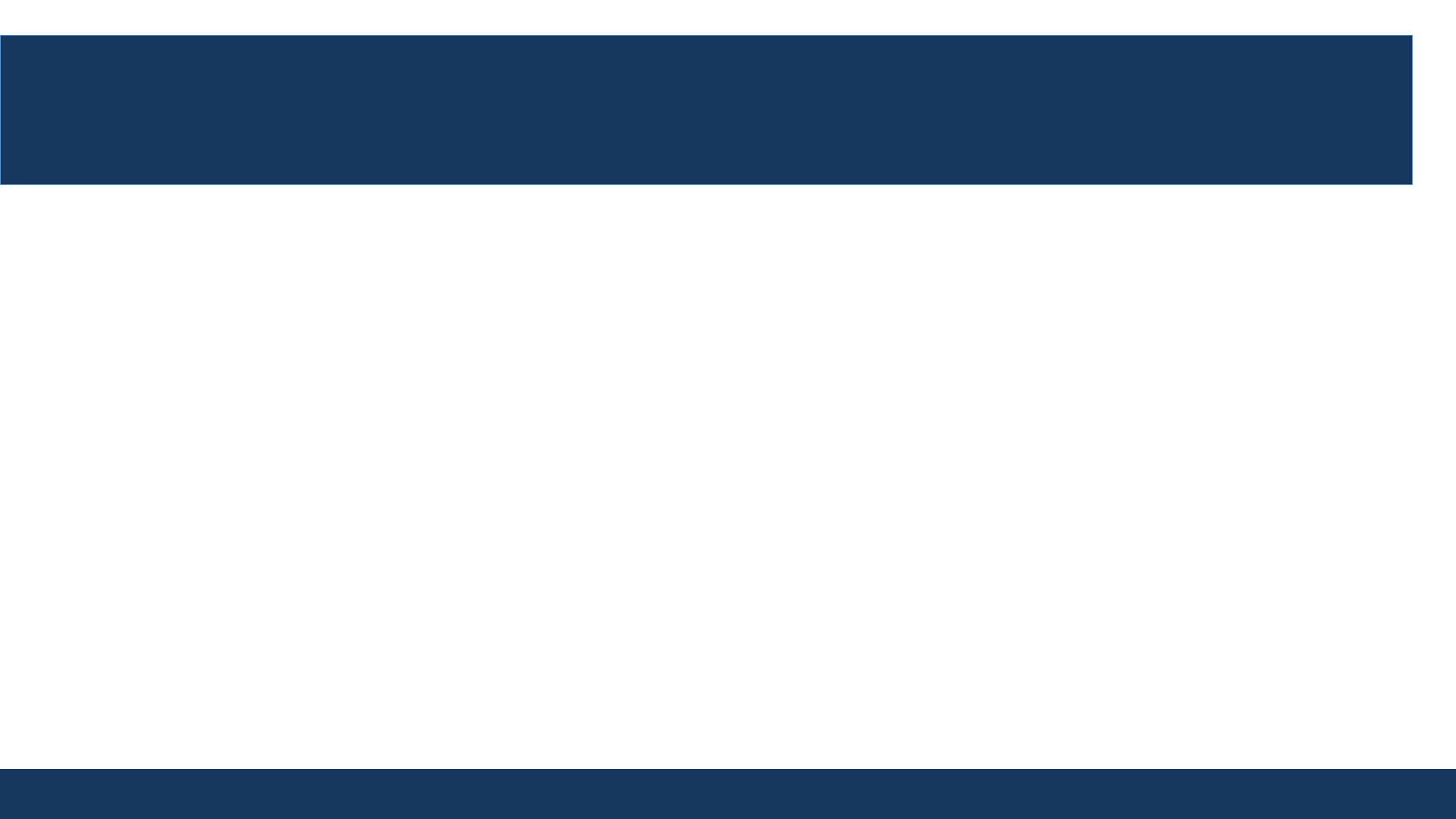
Eligible Employees
6
U.S. Department of Labor | Wage and Hour Division
• Nearly all employees covered by the FLSA are eligible to
pump at work.
• Employees are eligible to pump at work for one year after
their child’s birth.
• Narrow exemptions may apply for certain employees of small
companies and certain transportation employees.
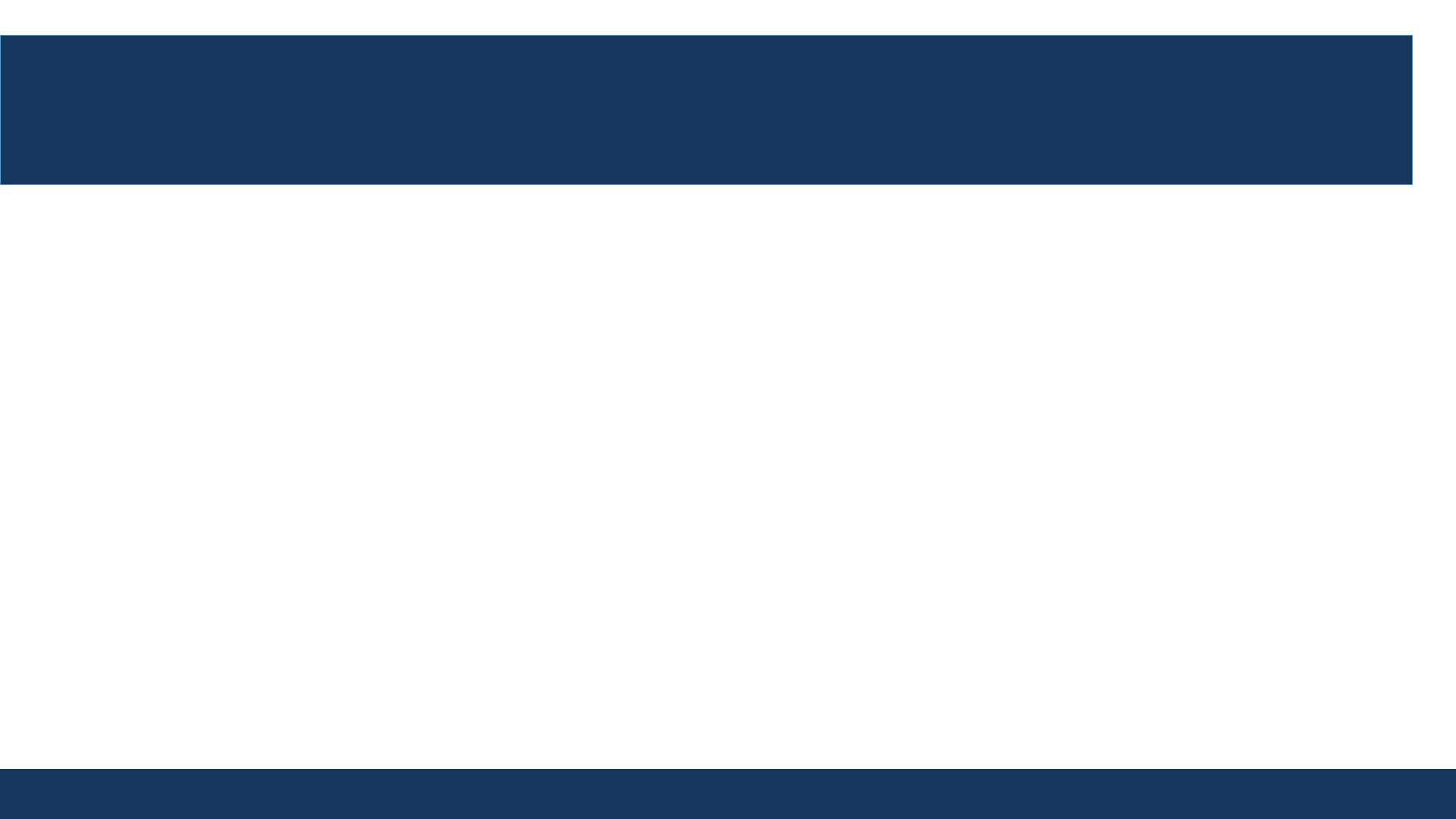
Enterprise Coverage
7
U.S. Department of Labor | Wage and Hour Division
All employees of an enterprise are covered under the FLSA if
the employer is:
• Engaged in interstate commerce, has at least two
employees, and does at least $500,000 a year in
business, or
• Engaged in the operation of a hospital, residential medical
or nursing care facilities, schools, preschools, or a public
agency.
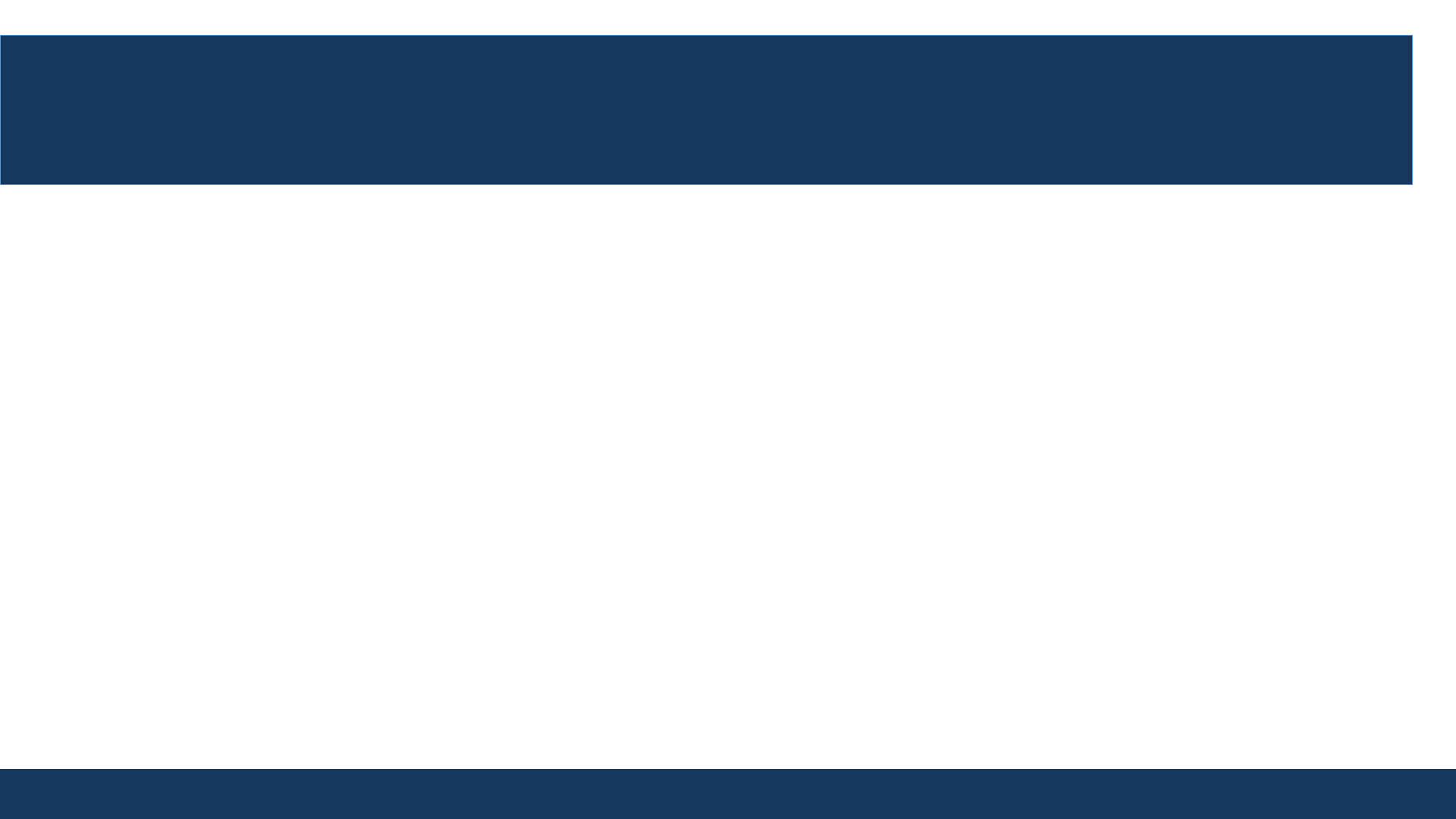
Individual Coverage
8
U.S. Department of Labor | Wage and Hour Division
• Individual employees may be covered and entitled to FLSA protections to
pump at work if they are engaged in interstate commerce even if the
employer is not a covered enterprise.
• Interstate commerce includes making out-of-state phone calls, receiving
or sending interstate mail or electronic communications, ordering
or receiving goods from out-of-state suppliers, handling credit card
transactions, and performing accounting or bookkeeping for such
activities.
• Domestic service workers, such as housekeepers, full-time babysitters,
and cooks, are normally covered by the law.

Reasonable
Break Time
The FLSA requires employers to
provide nursing employees:
• Reasonable break time
• Each time such employee has
need to pump at work
• For one year after the child’s
birth
The frequency of breaks needed to
pump at work, as well as the duration
of each break, will likely vary.
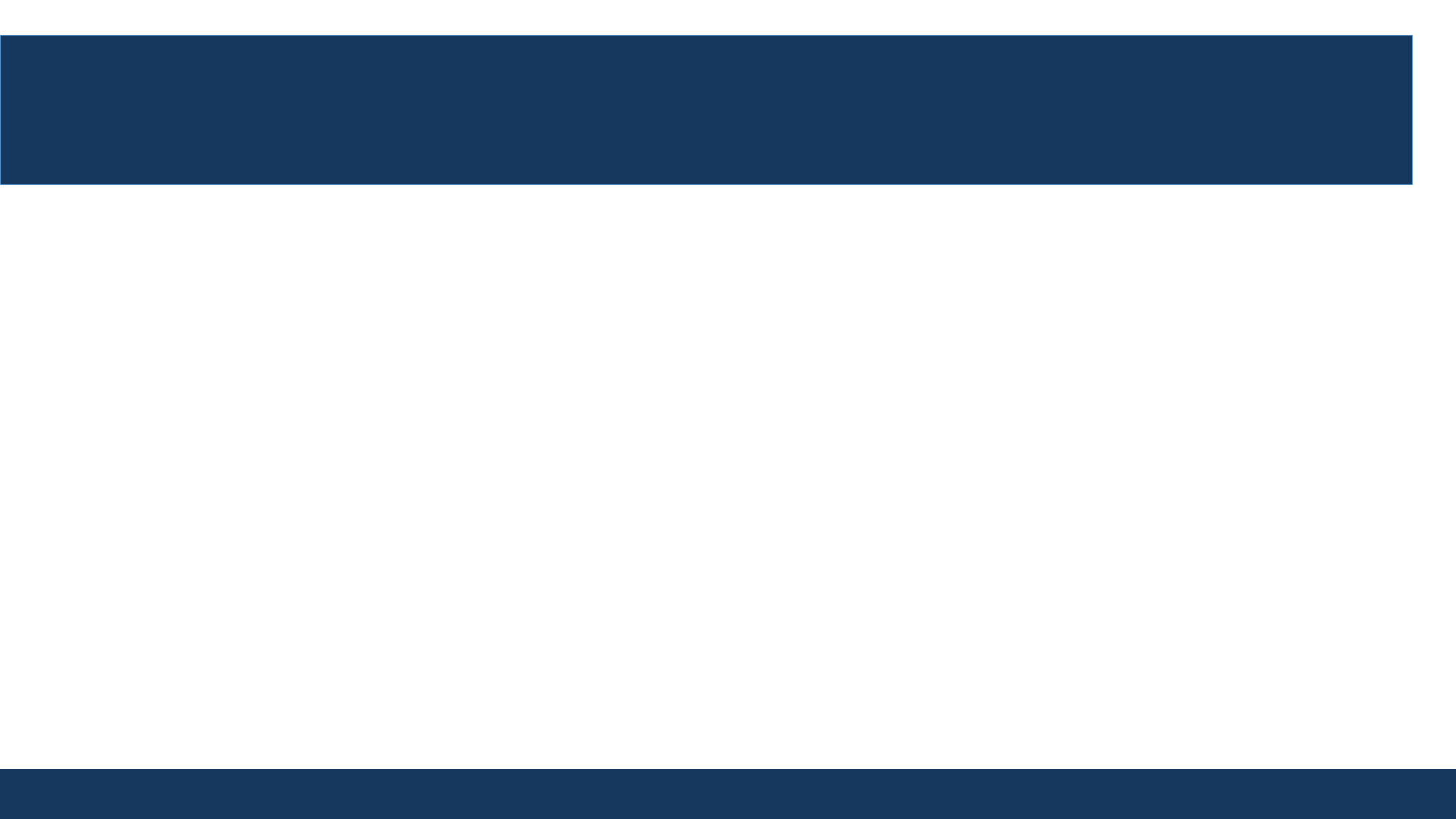
Reasonable Break Time - Examples
10
U.S. Department of Labor | Wage and Hour Division
• Irina, a shift manager at a fast-food restaurant, takes four
25-minute pump breaks each day when she first returns to
work after the birth of her child.
• Leslie, a department store delivery driver with a nine-month-
old baby, needs two 30-minute pump breaks each day she
works.
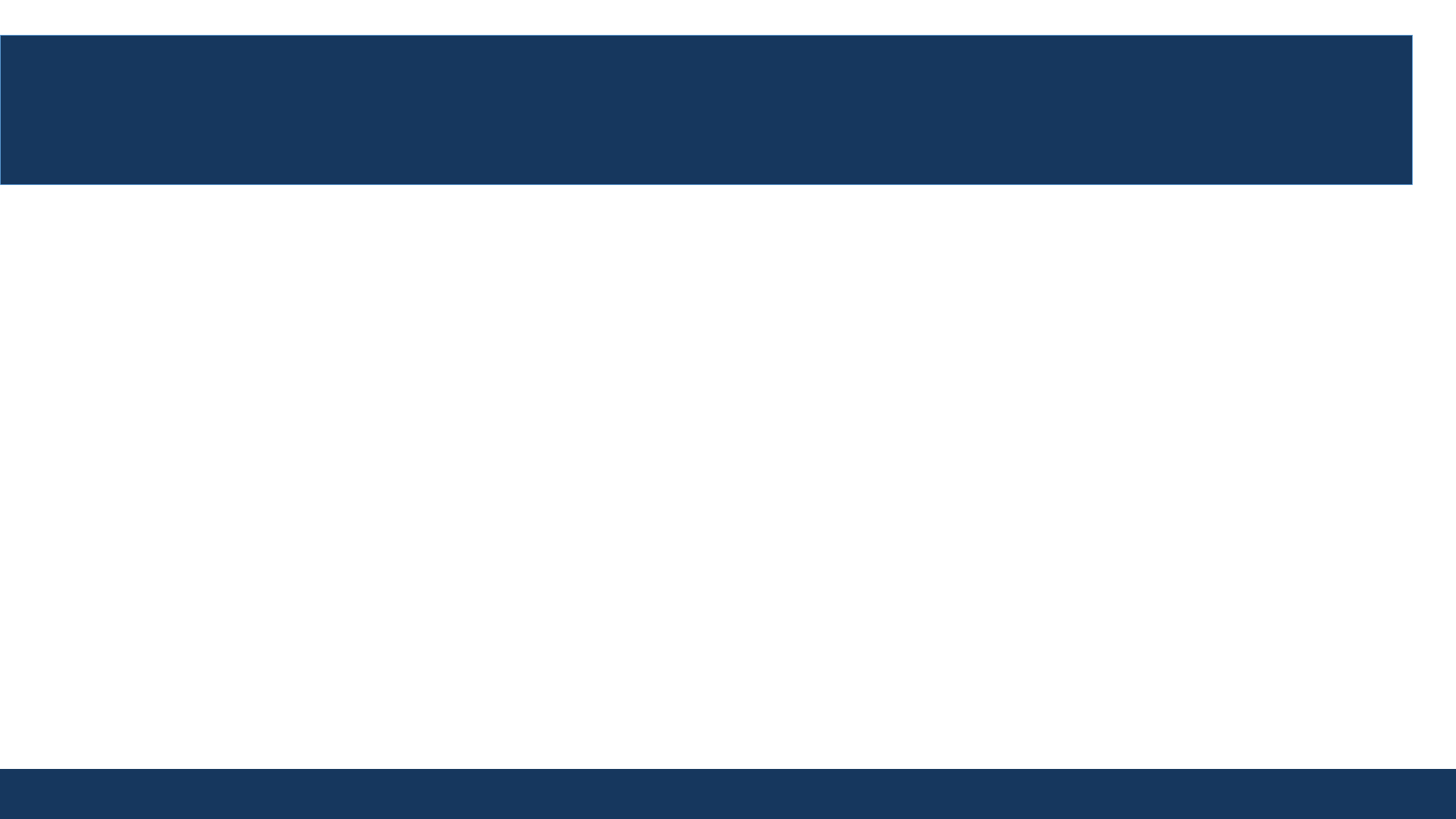
Compensation for Break Time
11
U.S. Department of Labor | Wage and Hour Division
• As with other breaks under the FLSA, the nursing employee must be
completely relieved from duty or the time spent pumping must be
counted as hours worked for the purposes of minimum wage and
overtime requirements.
• If an employer already provides paid break time and if an employee
chooses to use that time to pump, they must be compensated in the
same way that other employees are compensated for break time.
• An employer must also pay for pump breaks if required by Federal or
State law or municipal ordinance.
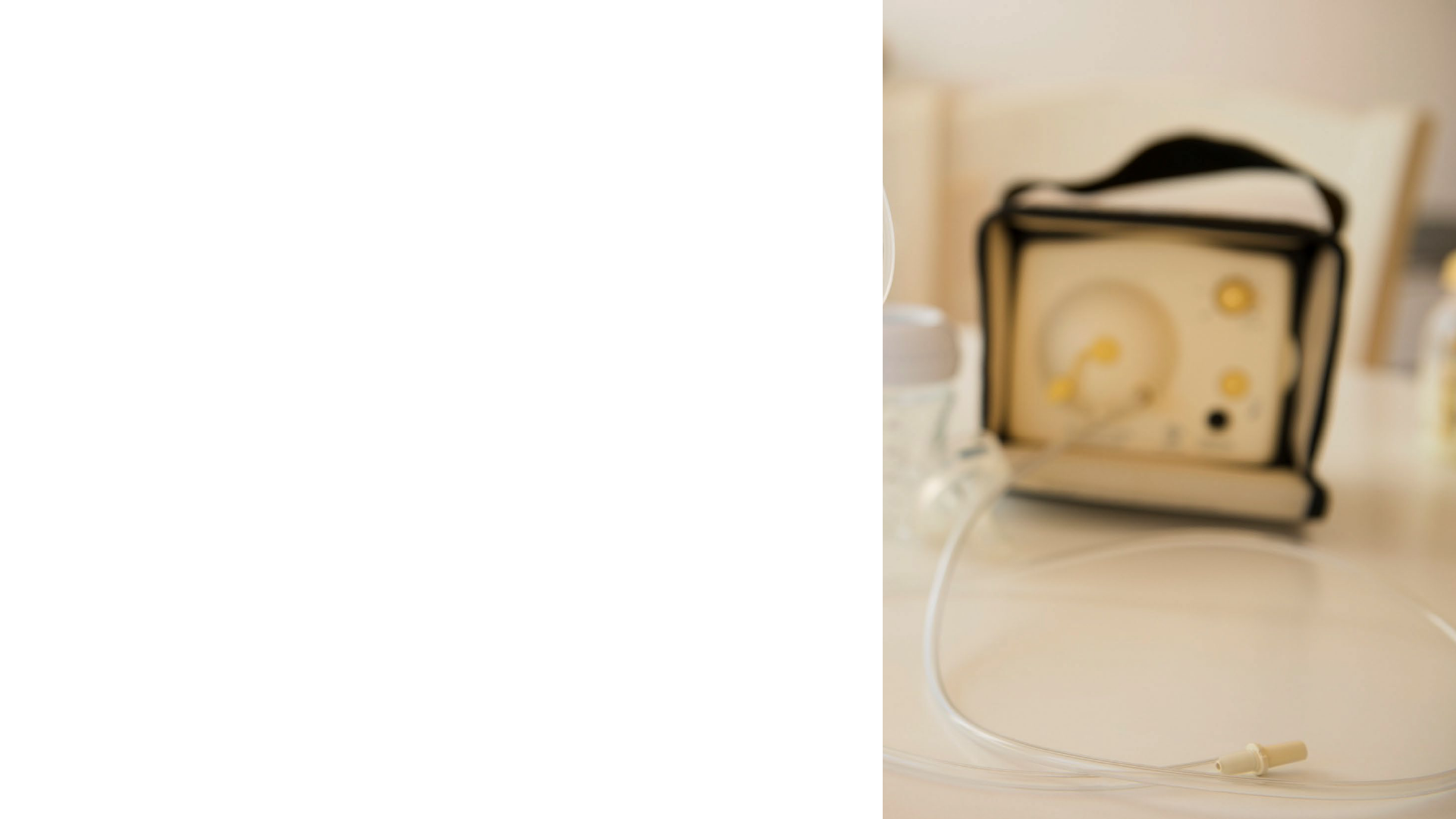
Space
Requirements
Nursing employees must be
provided a space that is:
• Shielded from view,
• Free from intrusion from
coworkers and the public,
and
• May be used to pump
breast milk.
The space cannot be a bathroom.
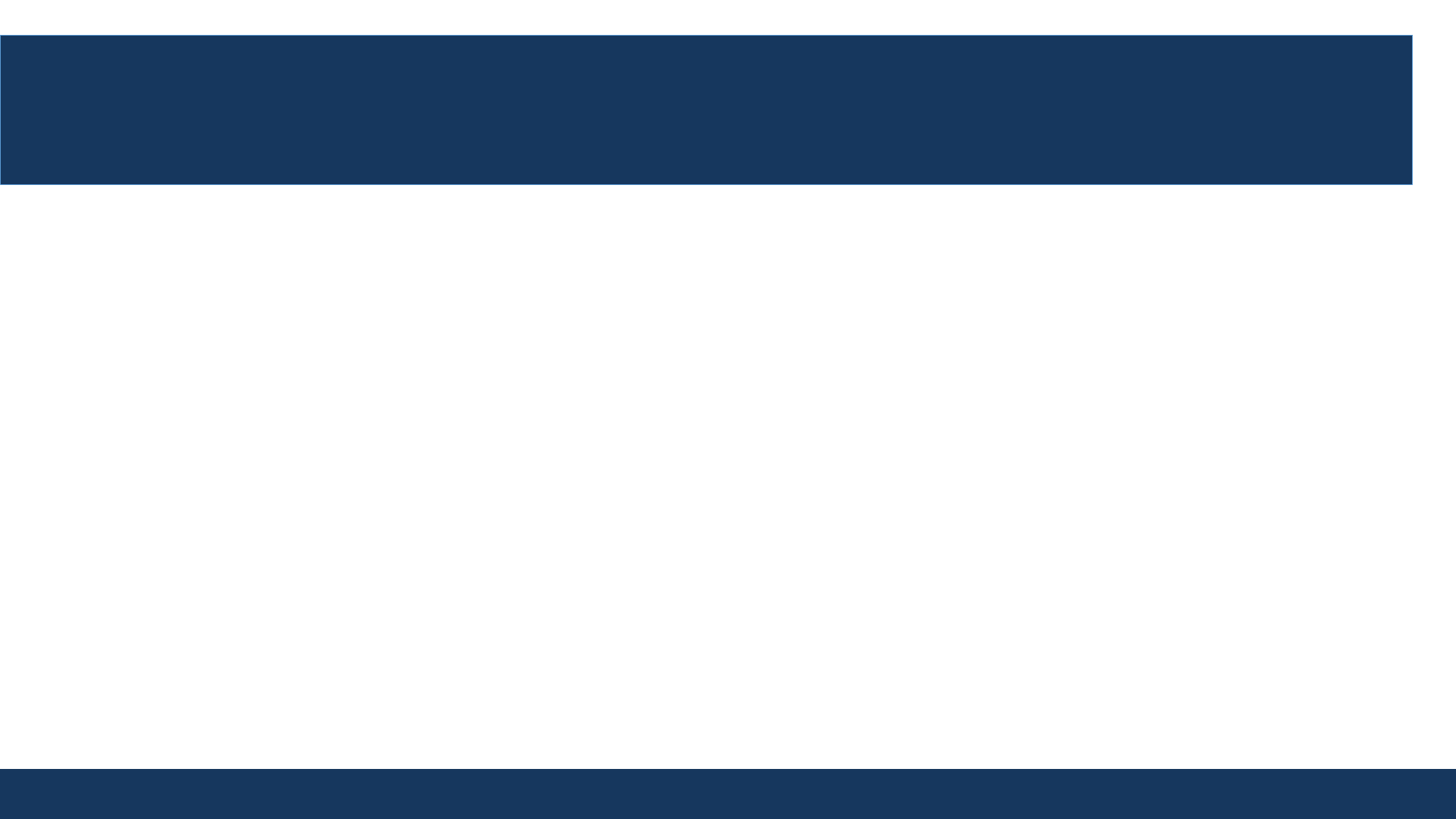
Shielded from View / Free from Intrusion
13
U.S. Department of Labor | Wage and Hour Division
• Employers must ensure the employee’s privacy, for example,
by displaying a sign when the space is in use or providing a
lock on the door.
• Workers who telework must also be free from observation by
any employer-provided or required video system, including
computer camera, security camera, or web conferencing
platform.
• Employees on passenger trains may temporarily obscure the
view of recording devices when the train is not moving.
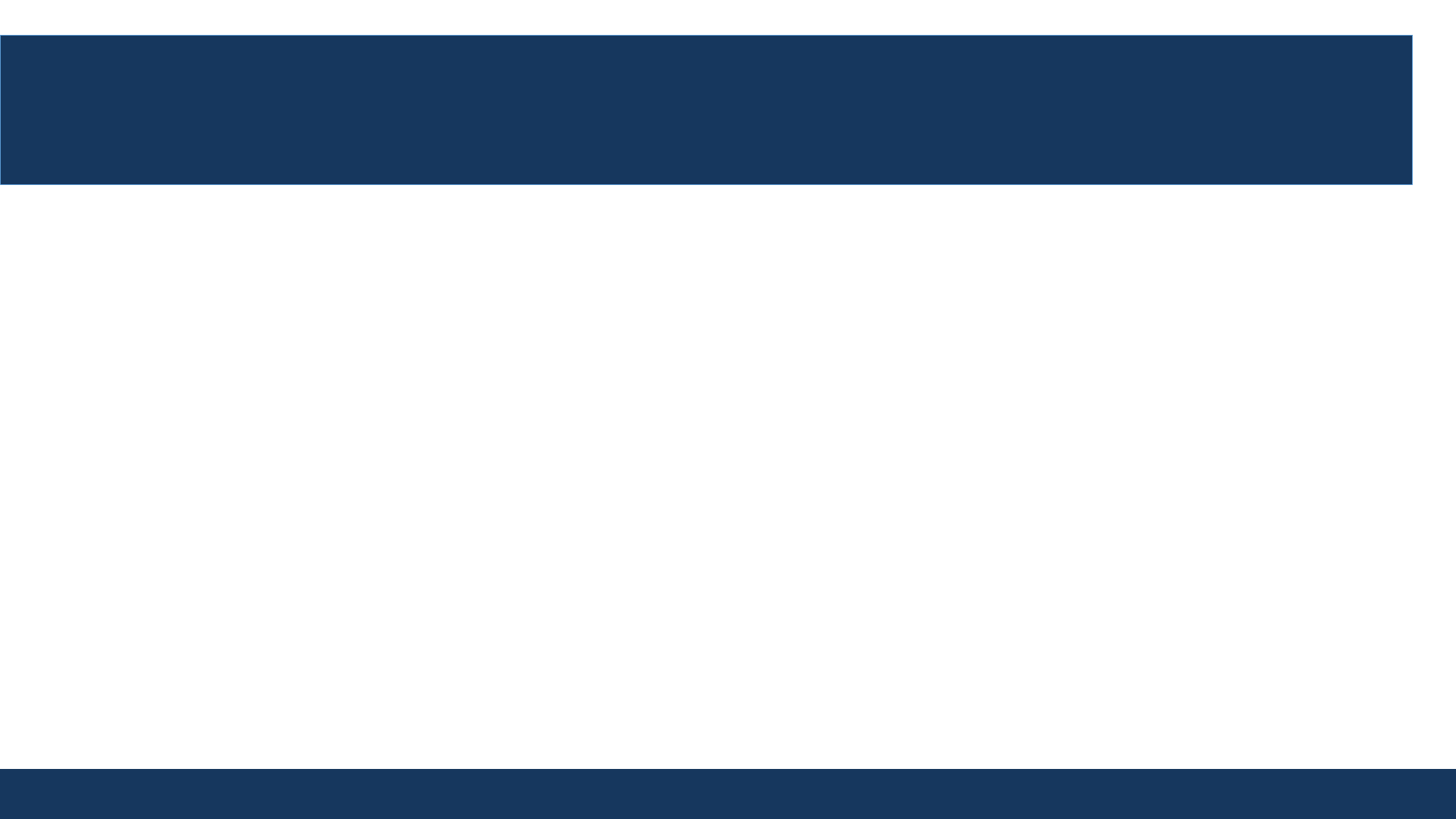
Functional Space
14
U.S. Department of Labor | Wage and Hour Division
• The location must be functional as a space for pumping milk.
• An employer may temporarily designate a space or make a
space available when needed by the employee.
• Employers should take into consideration the number of
nursing employees and their work schedules to determine
whether more than one space should be designated or
created.
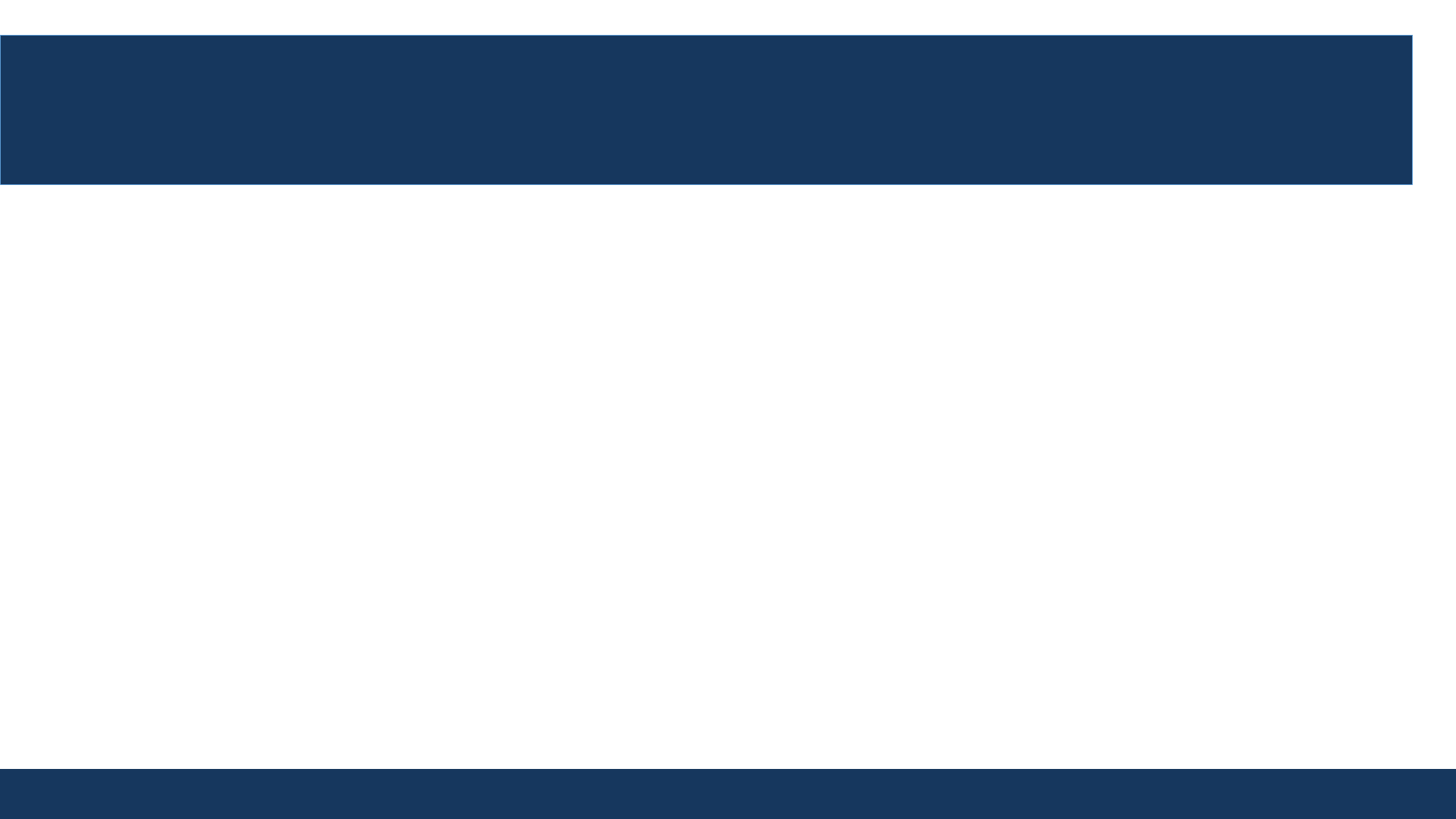
Space - Example
15
U.S. Department of Labor | Wage and Hour Division
• Merin, a logging company employee, pumps in a break
room at the company’s office. The room is shielded from
view and Merin is permitted to lock the door during pump
breaks.

Undue Hardship Exemption
16
U.S. Department of Labor | Wage and Hour Division
An employer that employs fewer than 50 employees is not required to
provide break time and space only if it would impose undue hardship.
• The employer must demonstrate that compliance requires significant
difficulty or expense when considered in relation to the size, financial
resources, nature, or structure of the employer’s business.
• Not available to employers with 50 or more employees.
• All employees who work for the employer, regardless of work site,
are counted.
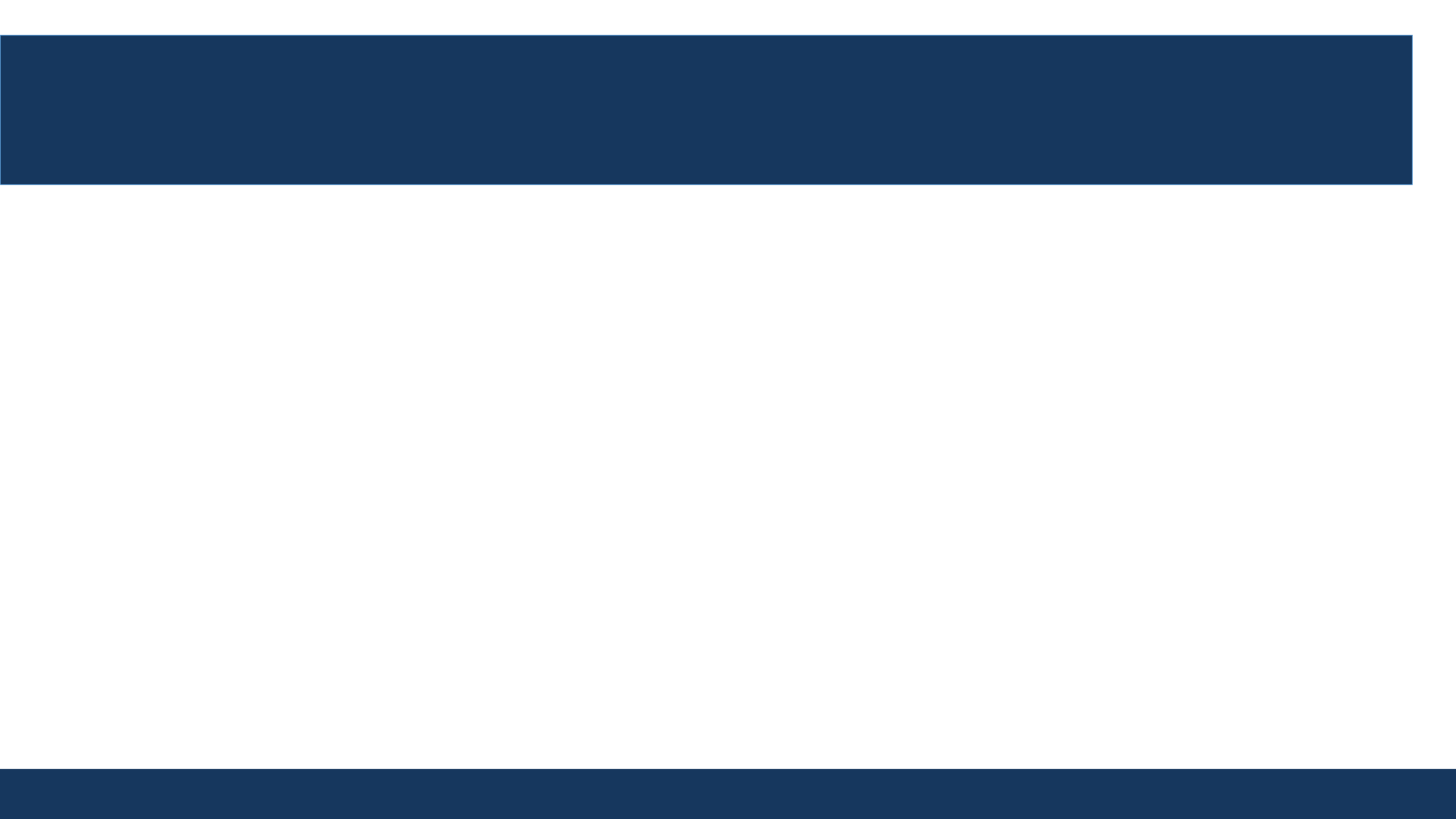
Exemptions After Three-Year Delay
17
U.S. Department of Labor | Wage and Hour Division
• Even once pump at work protections are applicable to these
employees on December 29, 2025, an exception to these
protections may apply if an employer demonstrate that
compliance requires significant expense or results in unsafe
conditions.
• Significant expense does not include installing a curtain or
other screening protection.
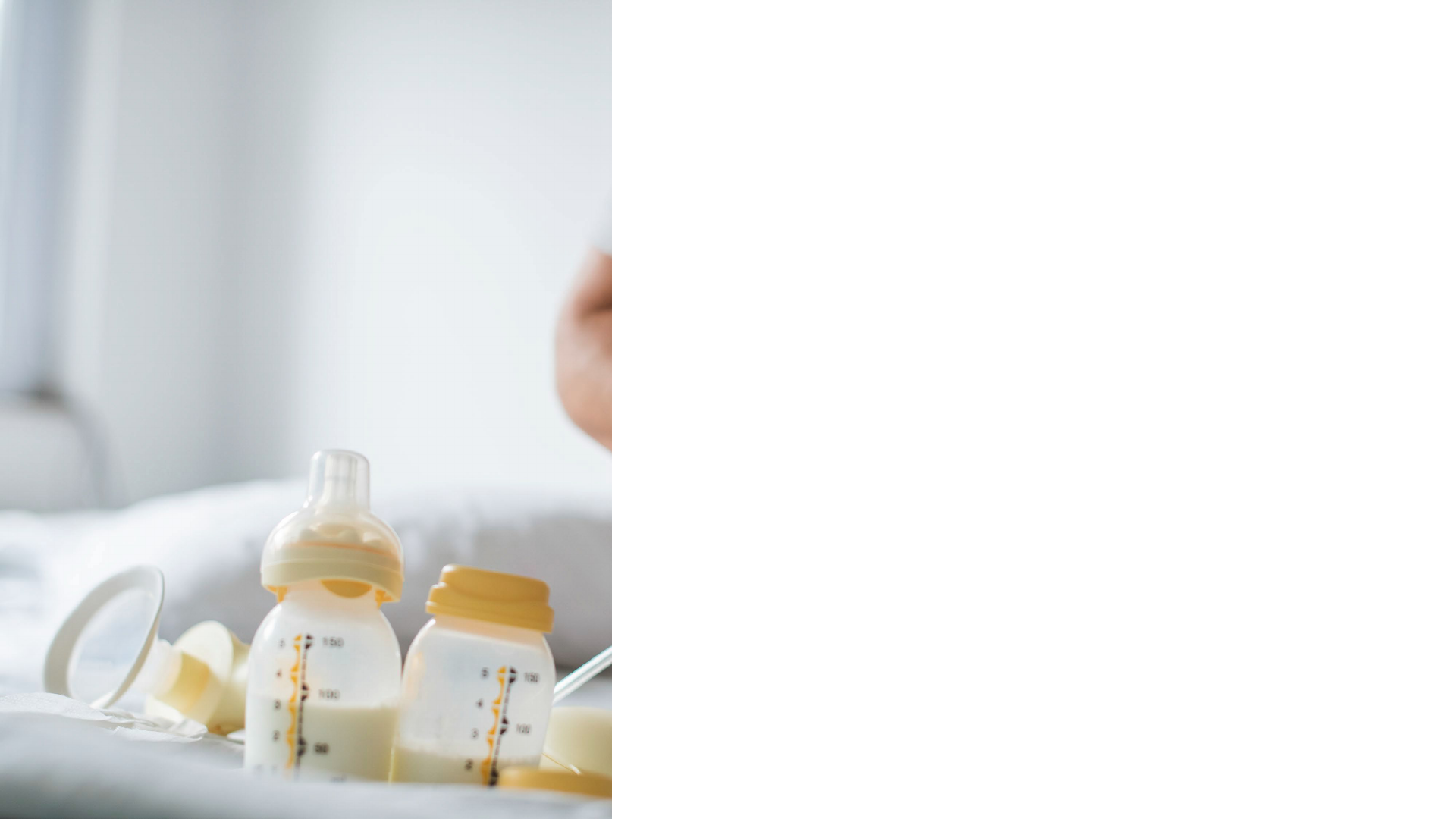
Interaction
with State
Laws
• The FLSA’s pump at work
protections do not preempt a
State law or municipal
ordinance that provides
greater protections to
employees than those
provided by the FLSA.
• Many states have laws
related to pumping milk at
work.

Prohibited Retaliation
19
U.S. Department of Labor | Wage and Hour Division
• It is also a violation of the FLSA to “discharge or in any
other manner discriminate against” any employee
because, for instance, they filed a complaint to assert
their pump at work rights or cooperated in an
investigation regarding these protections.
• Employees are protected regardless of whether the
complaint is made orally or in writing.
• Most courts have ruled that internal complaints to an
employer are also protected under the FLSA's prohibition
on retaliation.
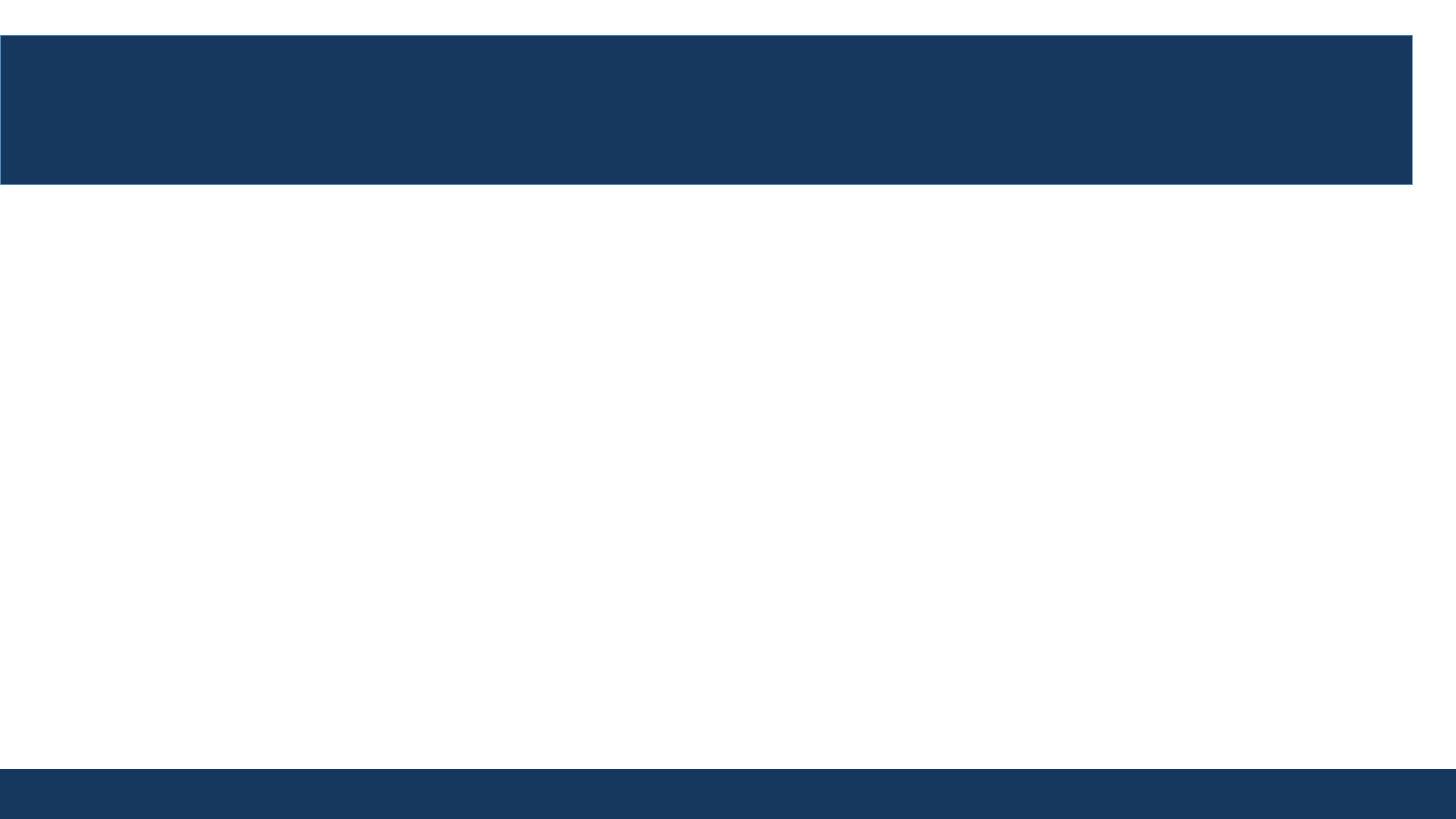
Example – Prohibited Retaliation
20
U.S. Department of Labor | Wage and Hour Division
• Leslie is a delivery truck drive for a department store and
takes breaks to pump breast milk twice a day. The
supervisor complains that the breaks are interfering with
the delivery schedule and moves Leslie to a lower-paying
job as a result.
• In this example, Leslie has experienced unlawful
retaliation under the FLSA.
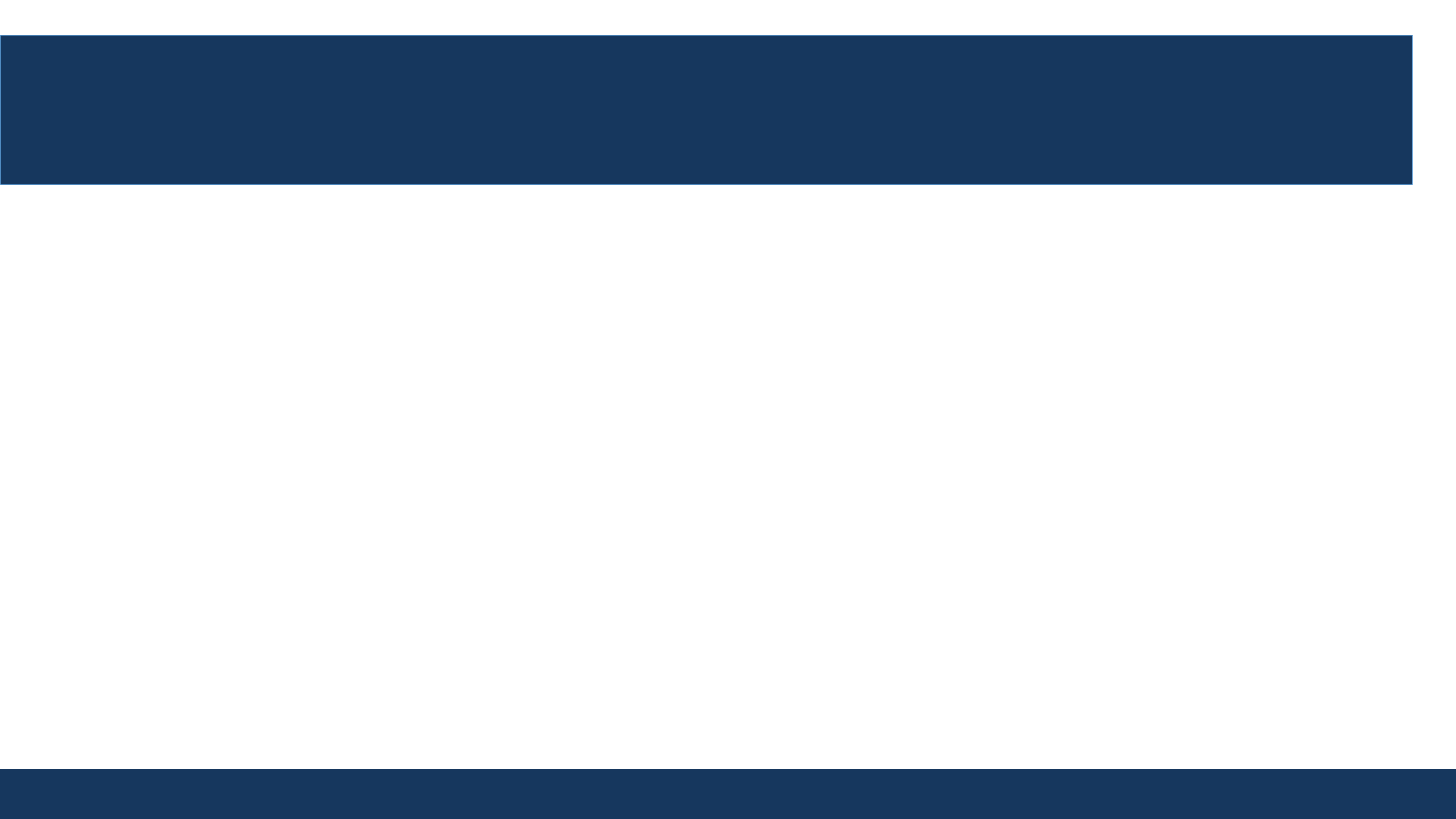
Remedies
21
U.S. Department of Labor | Wage and Hour Division
• Employers are liable for appropriate legal or equitable remedies under the
FLSA.
• Effective April 28, 2023, remedies for violations of the reasonable break time
and space requirements may include employment, reinstatement, promotion,
and the payment of wages lost and an equal amount as liquidated damages,
compensatory damages, and make-whole relief, such as economic losses
that resulted from violations, and punitive damages where appropriate.
• These legal and equitable remedies are already available for violations of the
anti-retaliation prohibition.
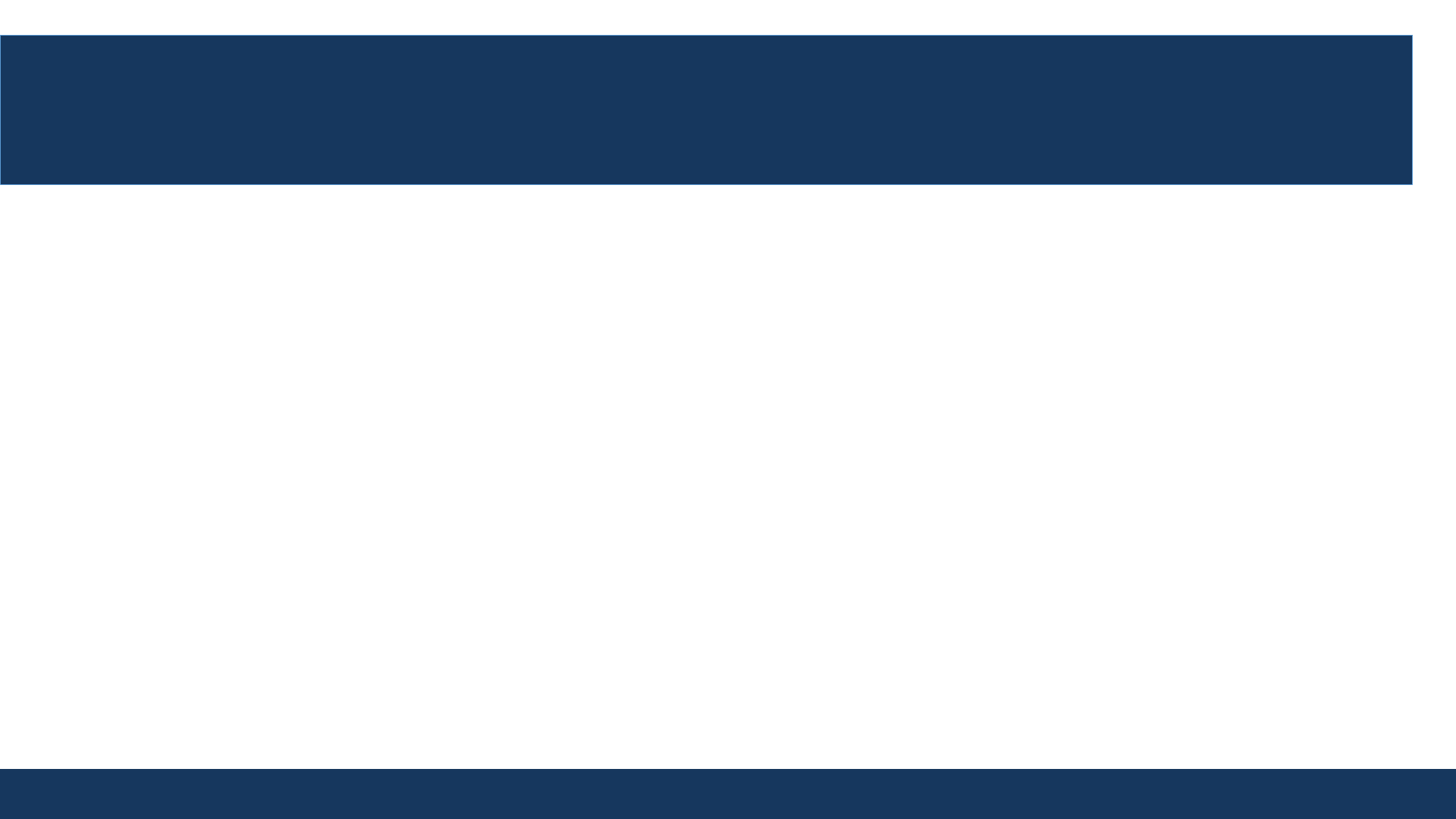
Enforcement
22
U.S. Department of Labor | Wage and Hour Division
An employee may file a complaint with WHD or may file a
private cause of action seeking appropriate remedies.
• An employee or other party can file a complaint with
WHD at any time within a two-year statute of limitations.
• Special notification procedures may apply to filing a
private action where an employer has failed to provide
an employee with an appropriate space to pump.
• These special procedures do not apply before an
employer or other party can file a complaint with WHD.
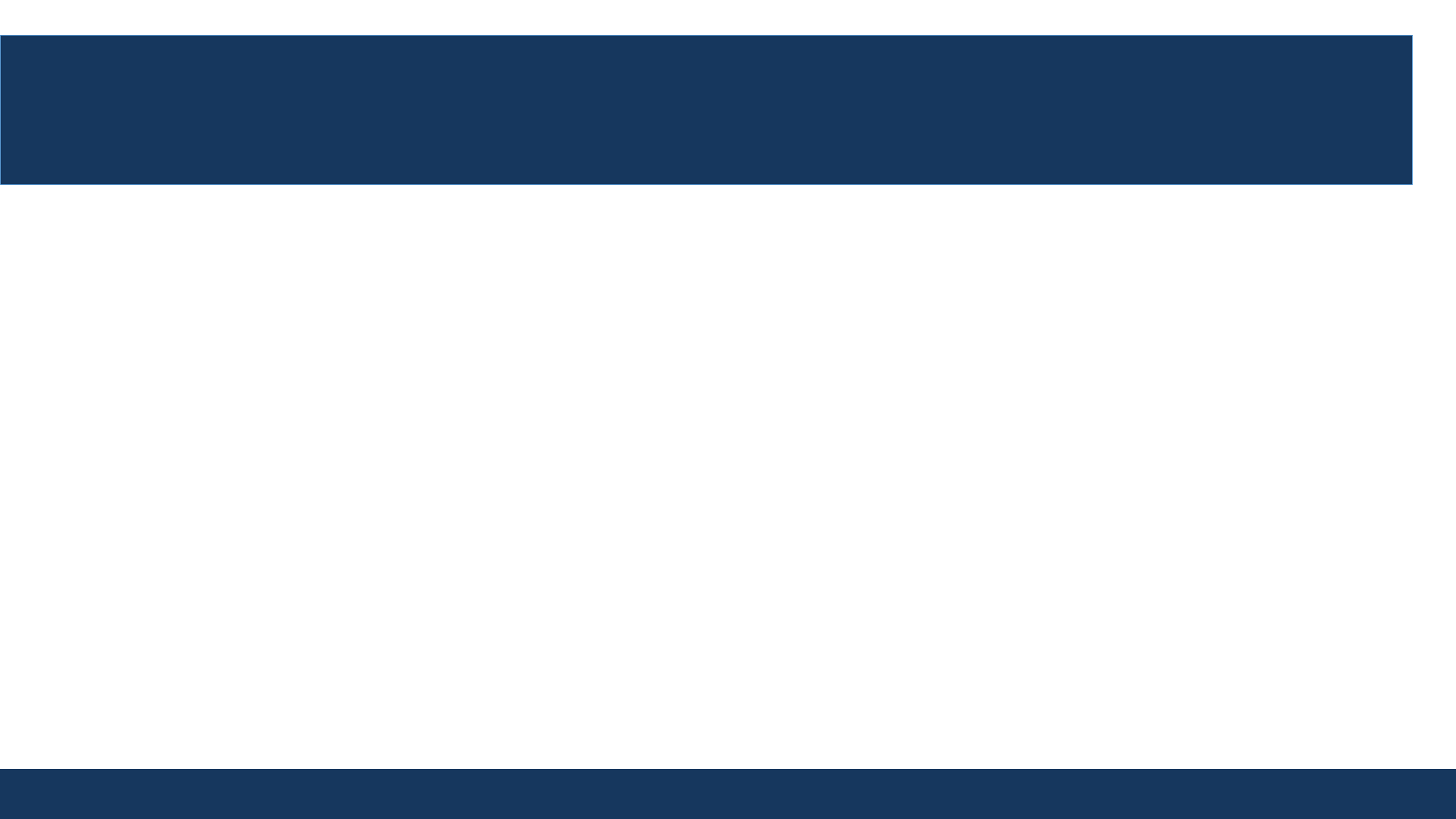
Special Notification Procedures
23
U.S. Department of Labor | Wage and Hour Division
Before an employee can file a private suit regarding an employer’s
failure to provide a space to pump, the employee must notify the
employer of the failure and allow 10 days for the employer to come
into compliance.
The employee is not required to provide this notice:
• If the worker has been fired for requesting reasonable break time
or space,
• If the worker has been fired for opposing employer conduct
related to PUMP Act rights, or
• Where the employer has expressed a refusal to comply.
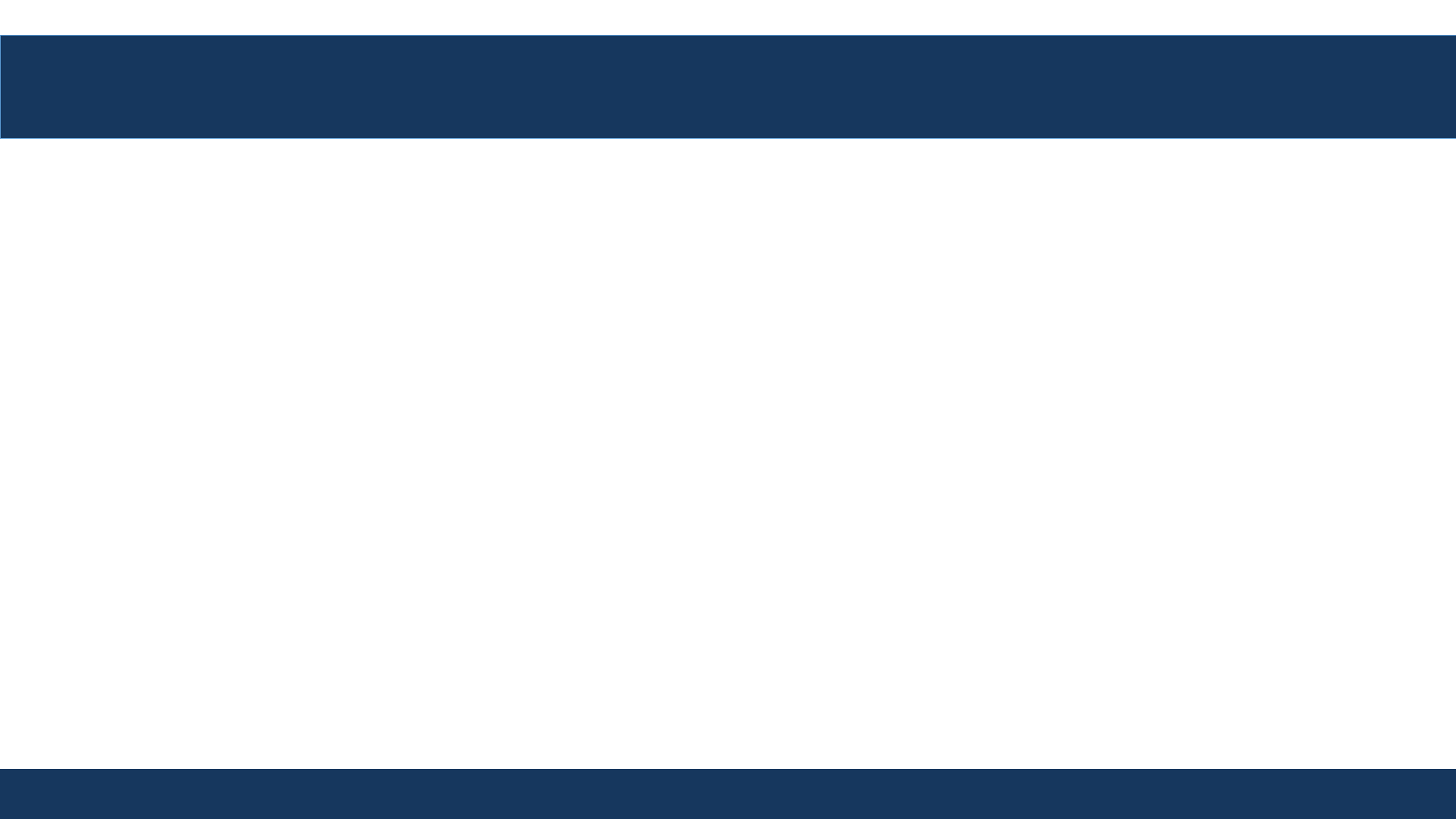
FAMILY AND MEDICAL LEAVE ACT
24
U.S. Department of Labor | Wage and Hour Division
EMPLOYER COVERAGE
Employers with 50 or more employees
Public Agencies
Public and private elementary and secondary schools
EMPLOYEE ELIGIBILITY
Employed by covered employer
Worked at least 12 months
1,250 hours of service during the 12 months before leave begins
Employed at a work site with 50 employees within 75 miles
ELIGIBLE EMPLOYEES MAY TAKE FMLA LEAVE:
For the birth or placement of a child for adoption
To care for a spouse, son, daughter, or parent with a serious health condition
For their own serious health condition
See USDOL-Fact Sheet #28
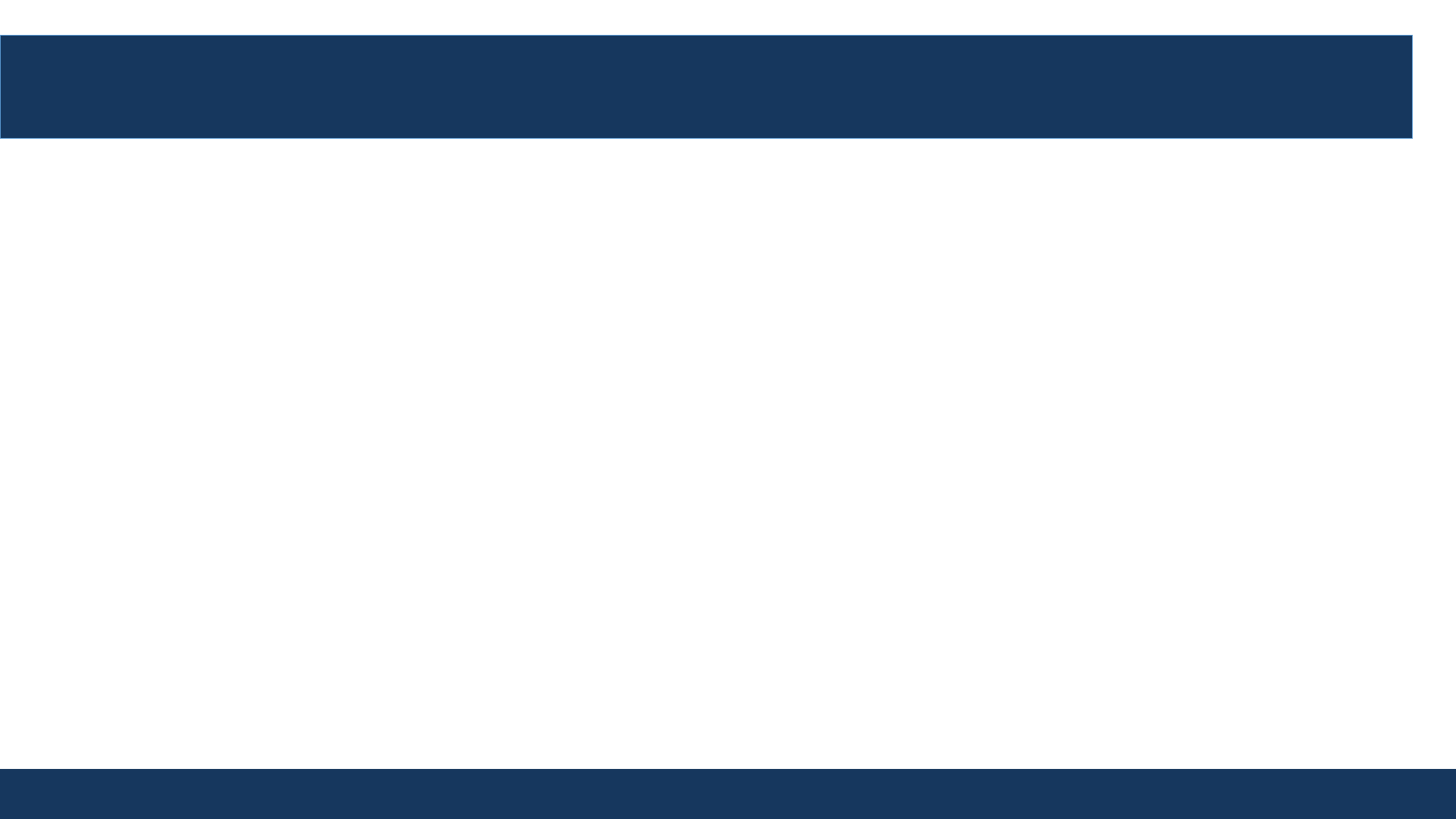
FMLA AND THE PUMP ACT
25
U.S. Department of Labor | Wage and Hour Division
An employee's ability to use FMLA leave during pregnancy or
after the birth of a child has not changed. Under the
regulations, a mother can use 12 weeks of FMLA leave for
the birth of a child, for prenatal care and incapacity related
to pregnancy, and for her own serious health condition
following the birth of a child.
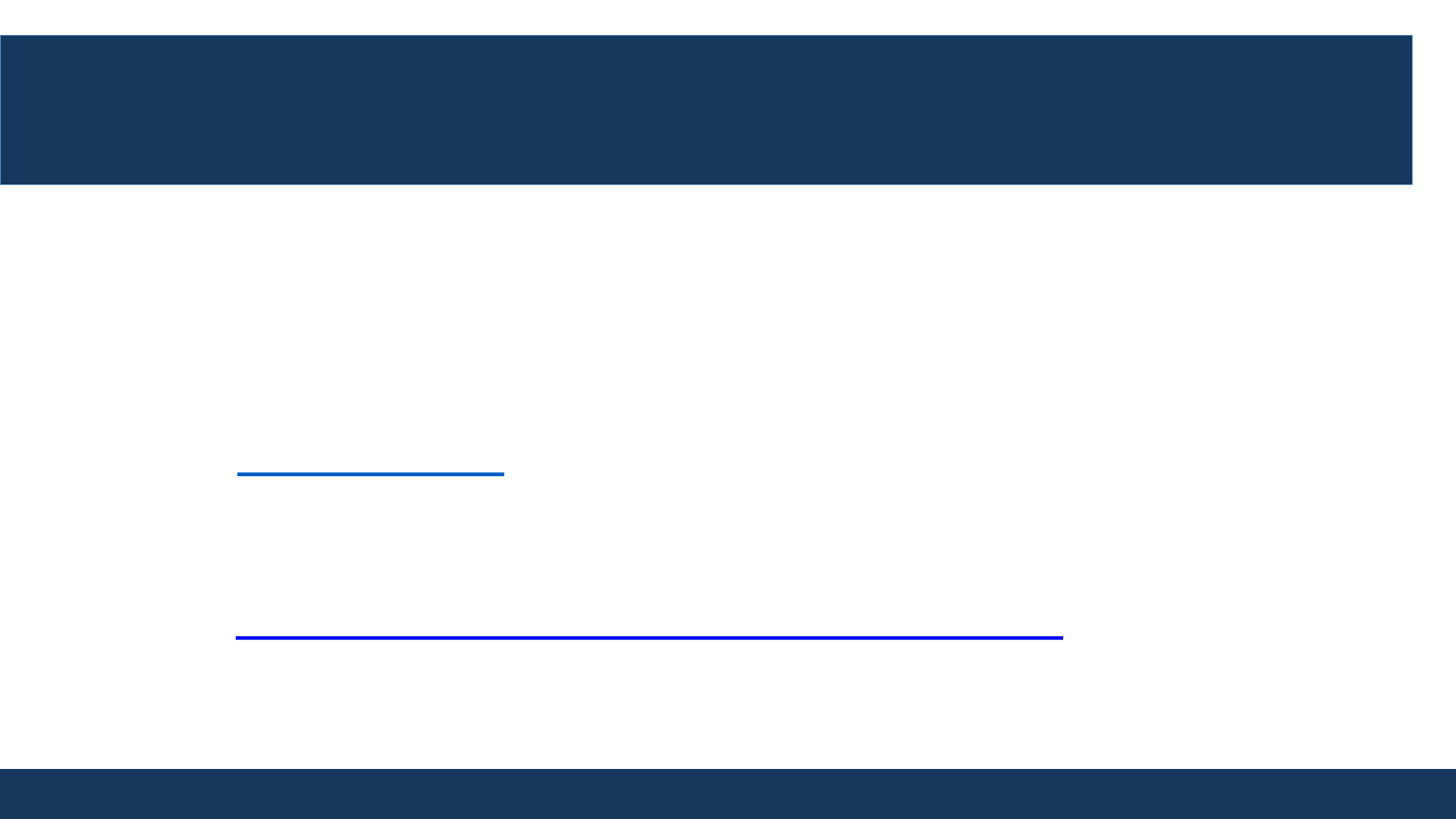
WHD Information
26
U.S. Department of Labor | Wage and Hour Division
The Wage and Hour Division (WHD) of the U.S. Department of
Labor administers and enforces the FLSA, including the
pumping at work protections.
How to contact WHD:
• Call our toll-free information and helpline, available 8 a.m. to
5 p.m. in your time zone, 1-866-4USWAGE(1-866-487-9243)
• Visit http://www.dol.gov/agencies/whd/contact.

WHD Resources
27
U.S. Department of Labor | Wage and Hour Division
Additional information about the FLSA Protections to Pump at Work
can be found at https://
www.dol.gov/agencies/whd/pump-at-work
• Fact Sheet # 73: FLSA Protections to Pump Breast Milk at Work
• FAQs: FLSA Protections to Pump Breast Milk at Work
What
to Expect from Your Employer When You’re Expecting
http://www.dol.gov/agencies/whd/maternal-health
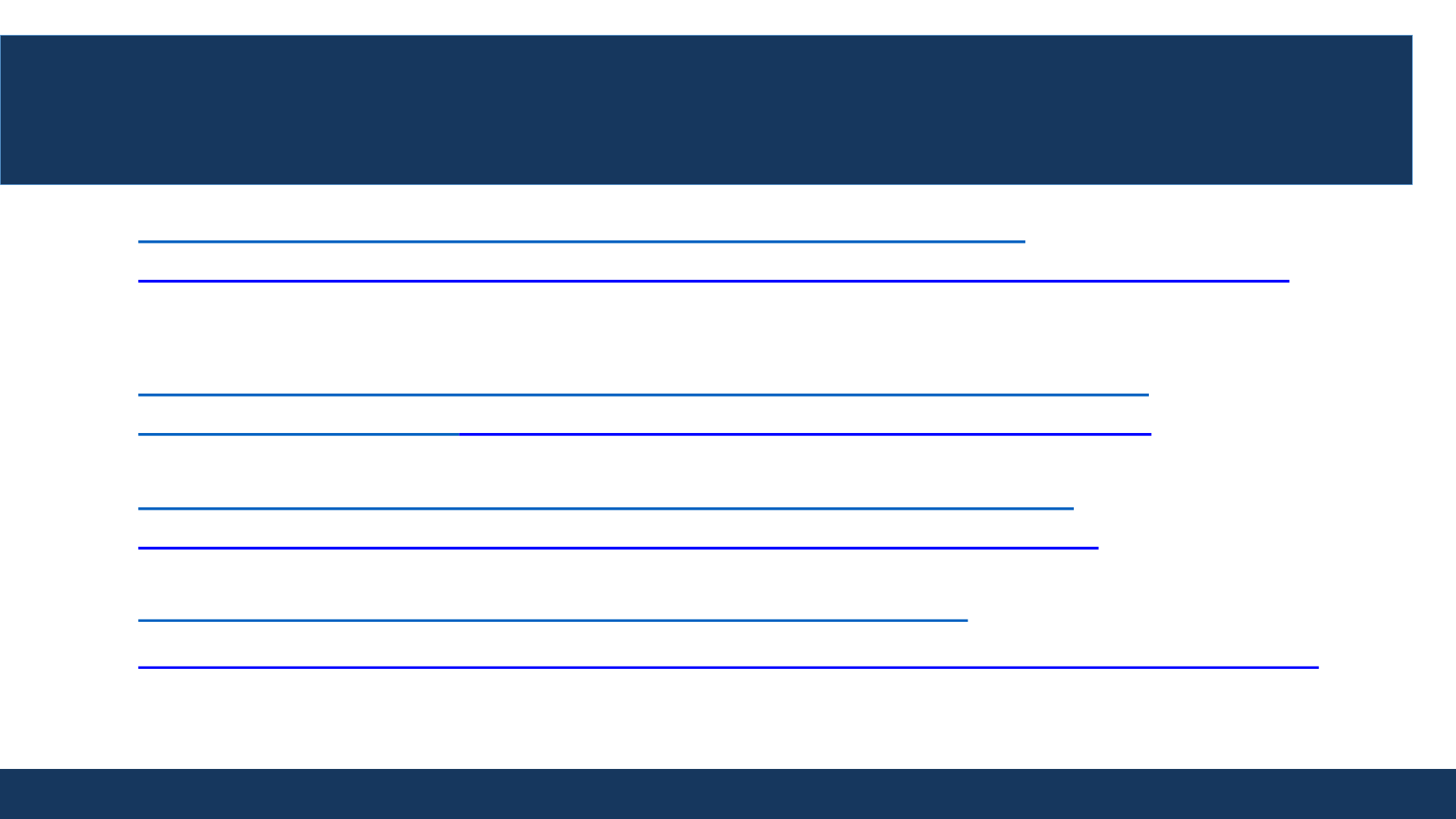
Additional Resources
28
U.S. Department of Labor | Wage and Hour Division
• Supporting Nursing Moms at Work: Employer Solutions
http://www.womenshealth.gov/supporting-nursing-moms-work/what-law-
says-about-breastfeeding-and-work/what-employers-need-know
• National Conference
of State Legislatures Compilation of State
Breastfeeding
Laws http://www.ncsl.org/health/breastfeeding-state-laws
• Surgeon
General’s Call to Action to Support Breastfeeding
http://www.cdc.gov/breastfeeding/resources/calltoaction.htm
• EEOC Enforcement Guidance on Disparate Treatment
http://www.eeoc.gov/laws/guidance/enforcement-guidance-unlawful-disparate-
treatment-workers-caregiving-responsibilities
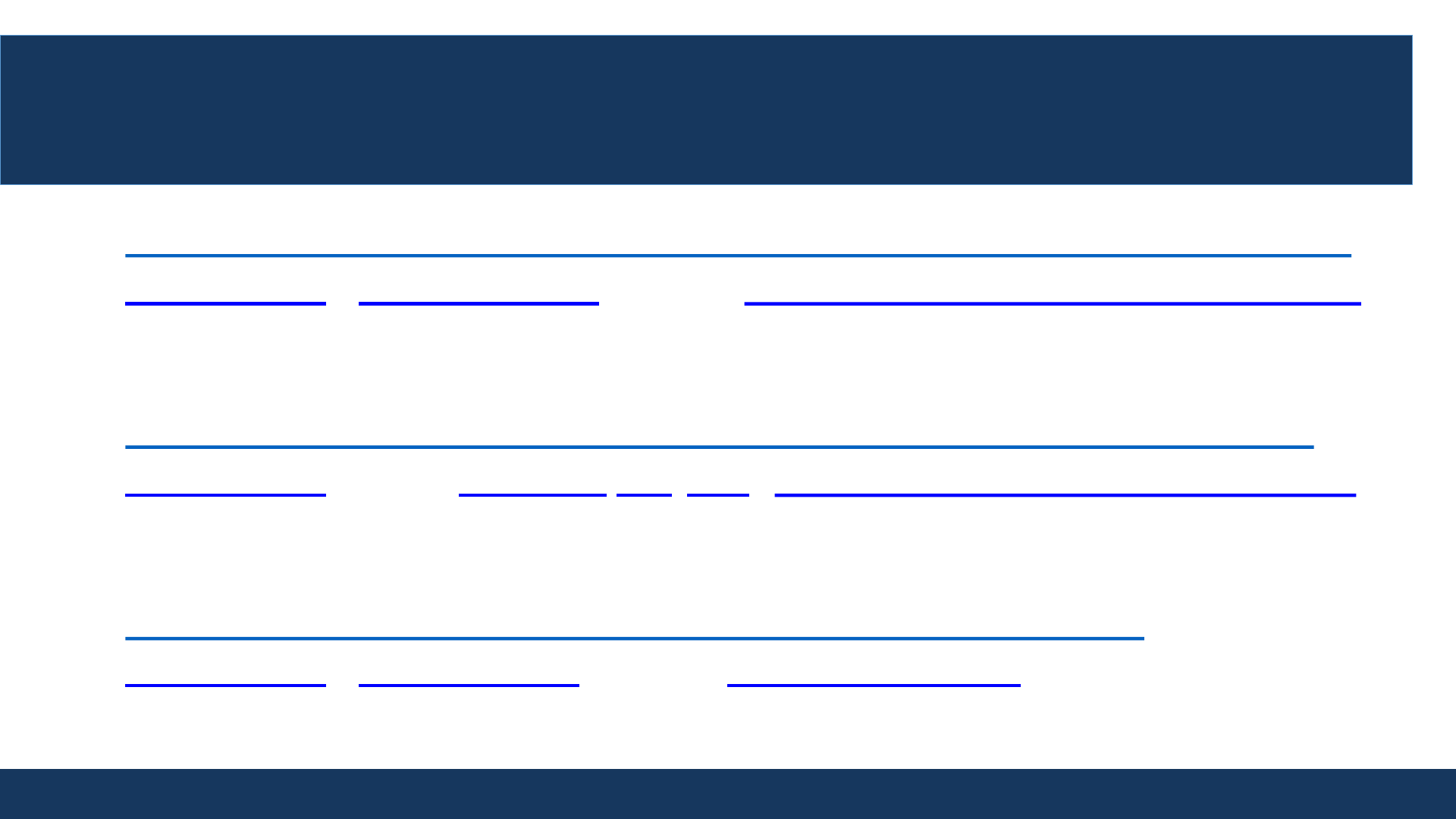
Additional Resources - cont.
29
U.S. Department of Labor | Wage and Hour Division
• OPM Guidance on Nursing Mothers in the Federal Workforce
https://www.dol.gov/sites/dolgov/files/WHD/legacy/files/NMoth
ersFederalEmplymnt.pdf
• Guide for Establishing a Federal Nursing Mother’s Program
https://www.opm.gov/policy-data-oversight/worklife/reference-
materials/nursing-mother-guide.pdf.
• CDC Workplace Lactation Support Program Toolkit
https://www.cdc.gov/breastfeeding/index.htm
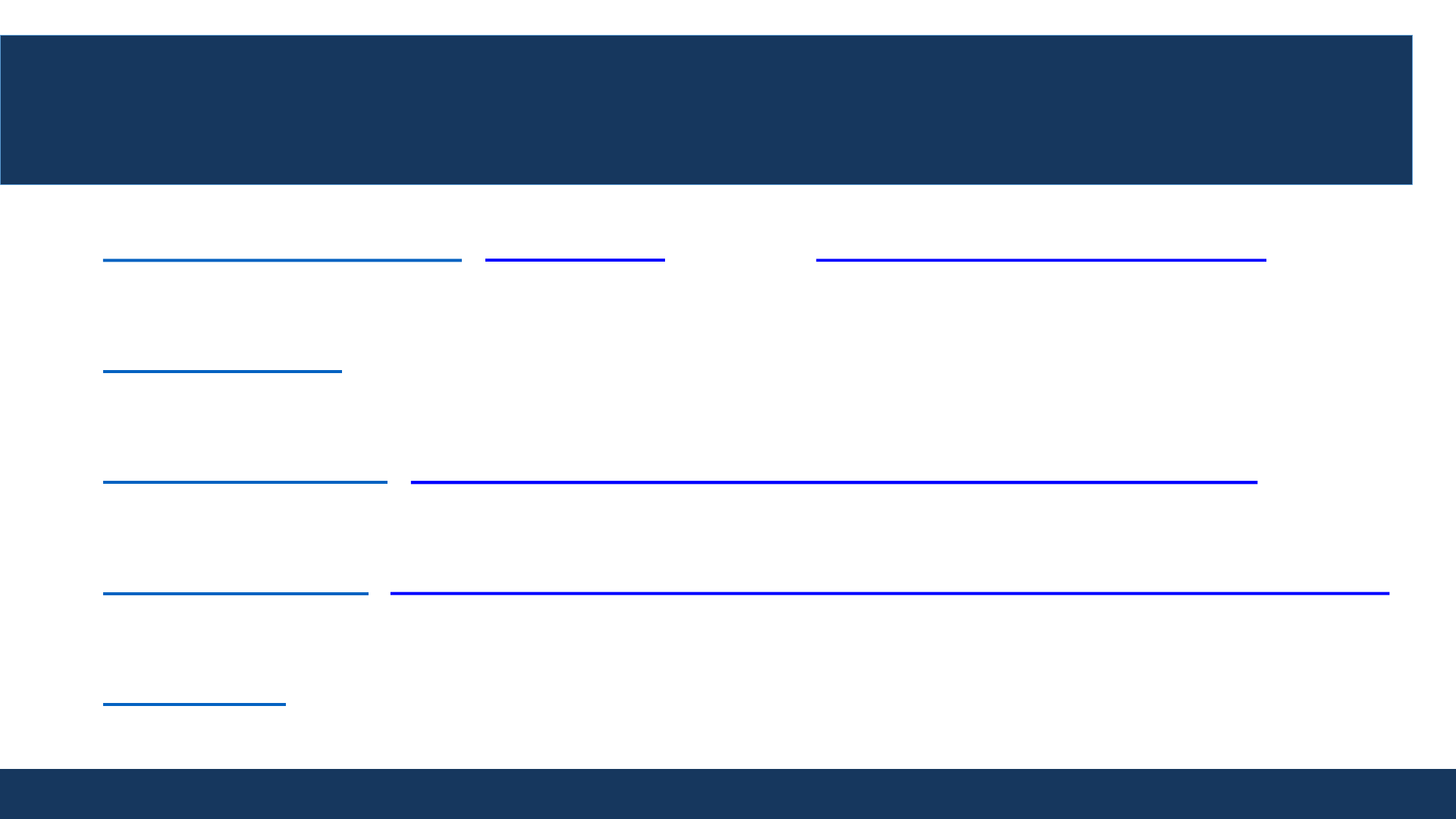
Connect with Us
30
U.S. Department of Labor | Wage and Hour Division
• Connect with WHD: https://www.dol.gov/NEWSROOM/DIGITAL
• WHD Twitter: https://twitter.com/whd_dol
• DOL
Facebook: https://www.facebook.com/departmentoflabor
• DOL YouTube: https://www.youtube.com/user/USDepartmentofLabor
• DOL Blog: https://blog.dol.gov/

Questions?
